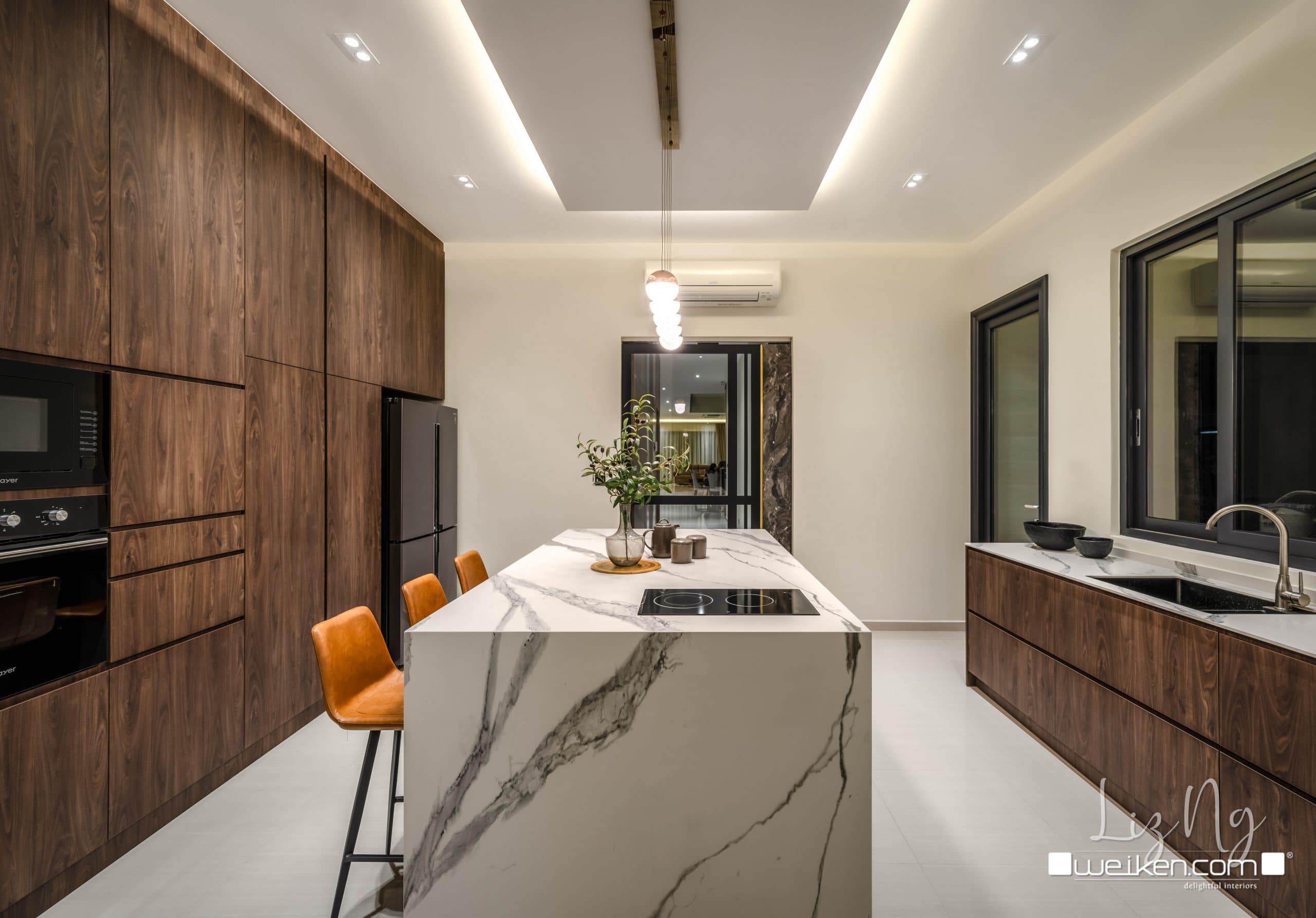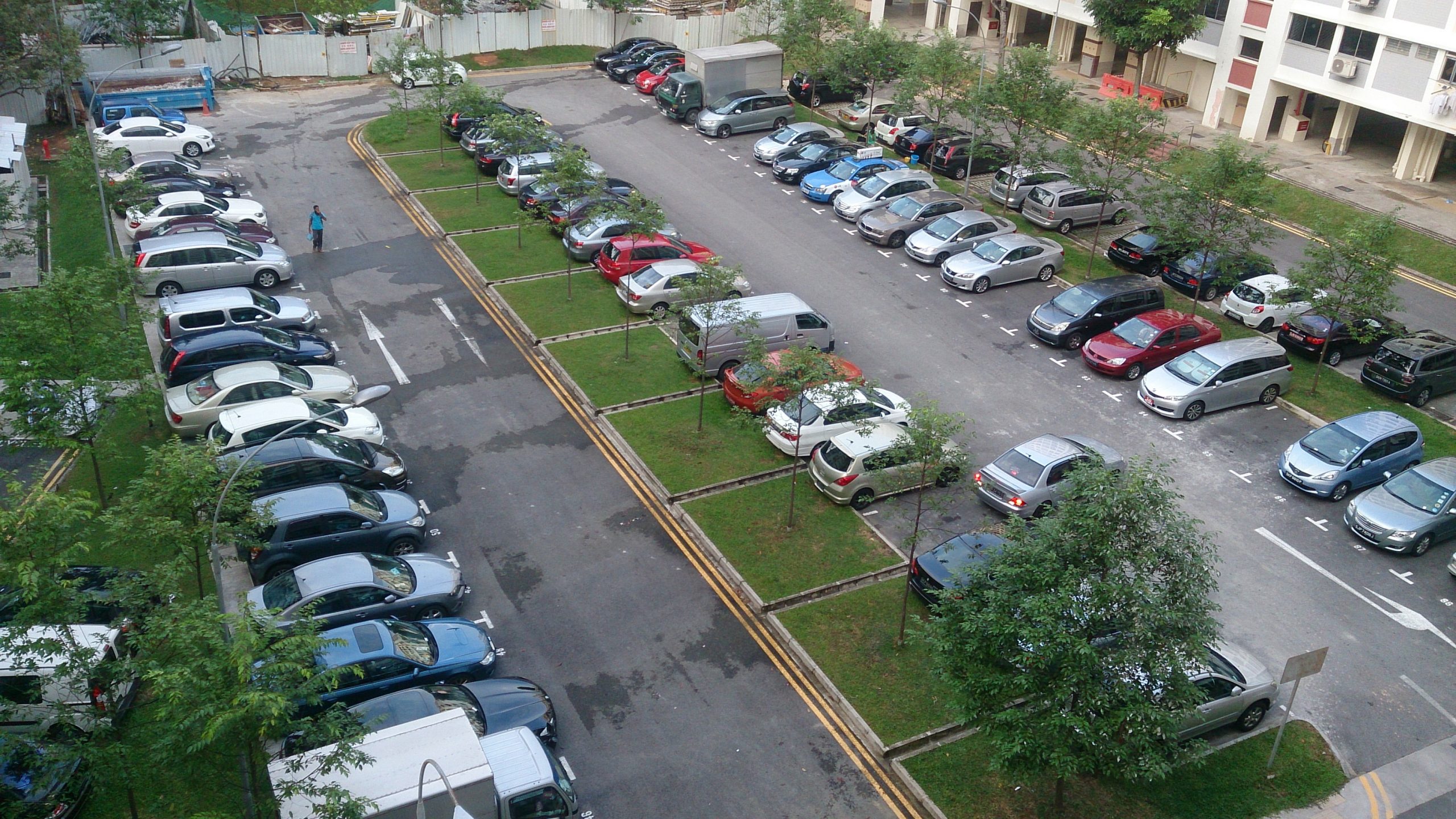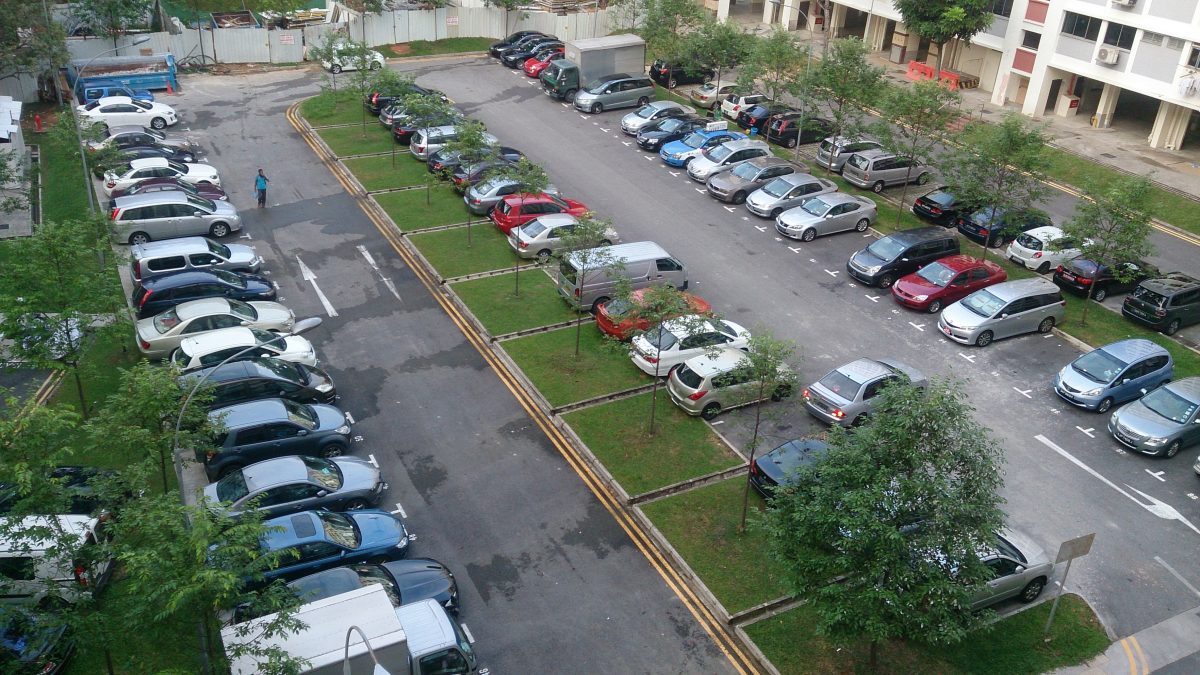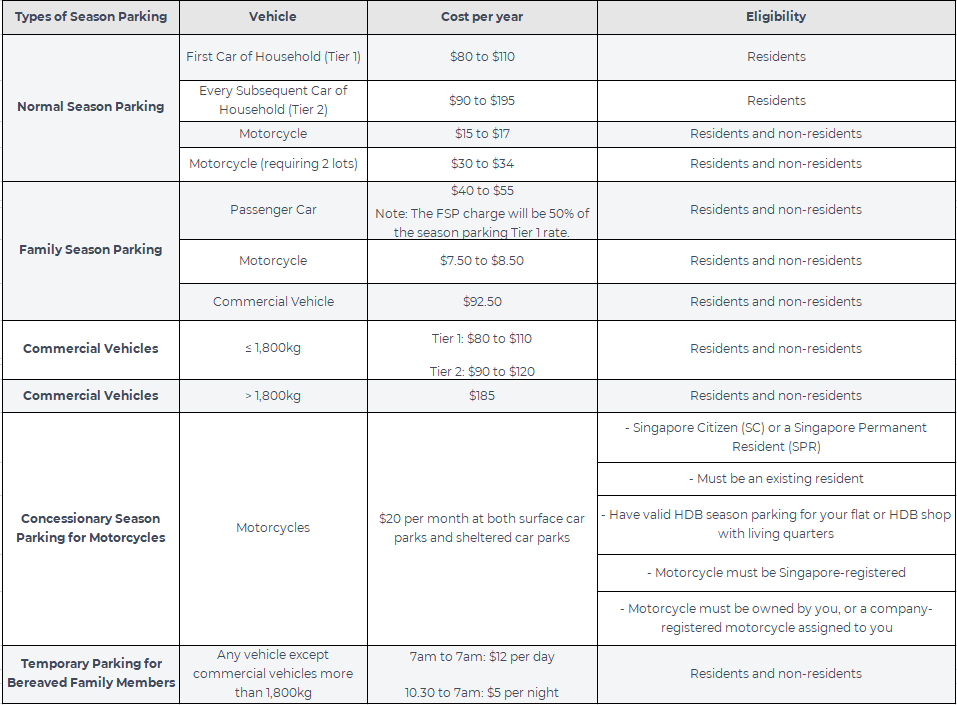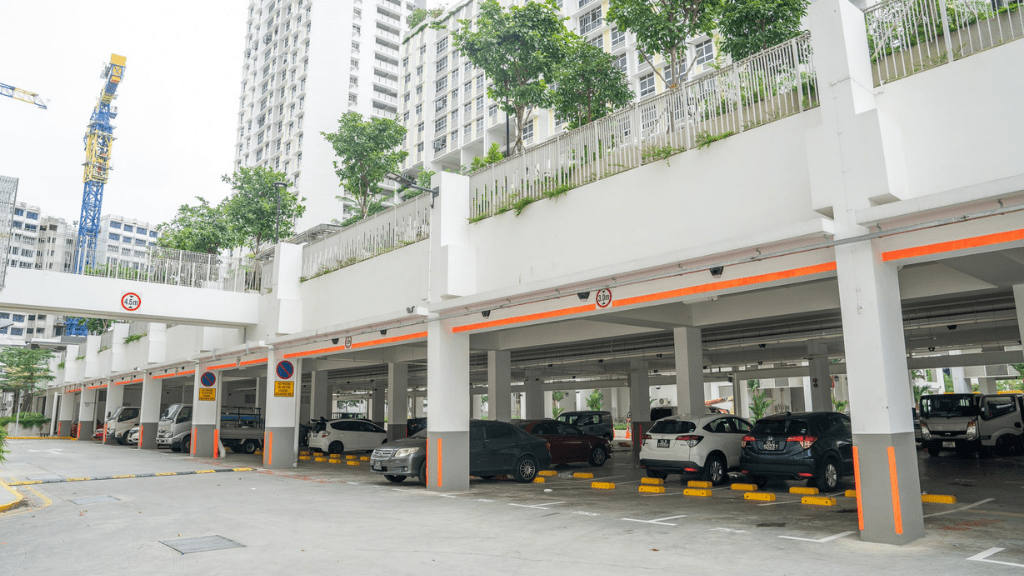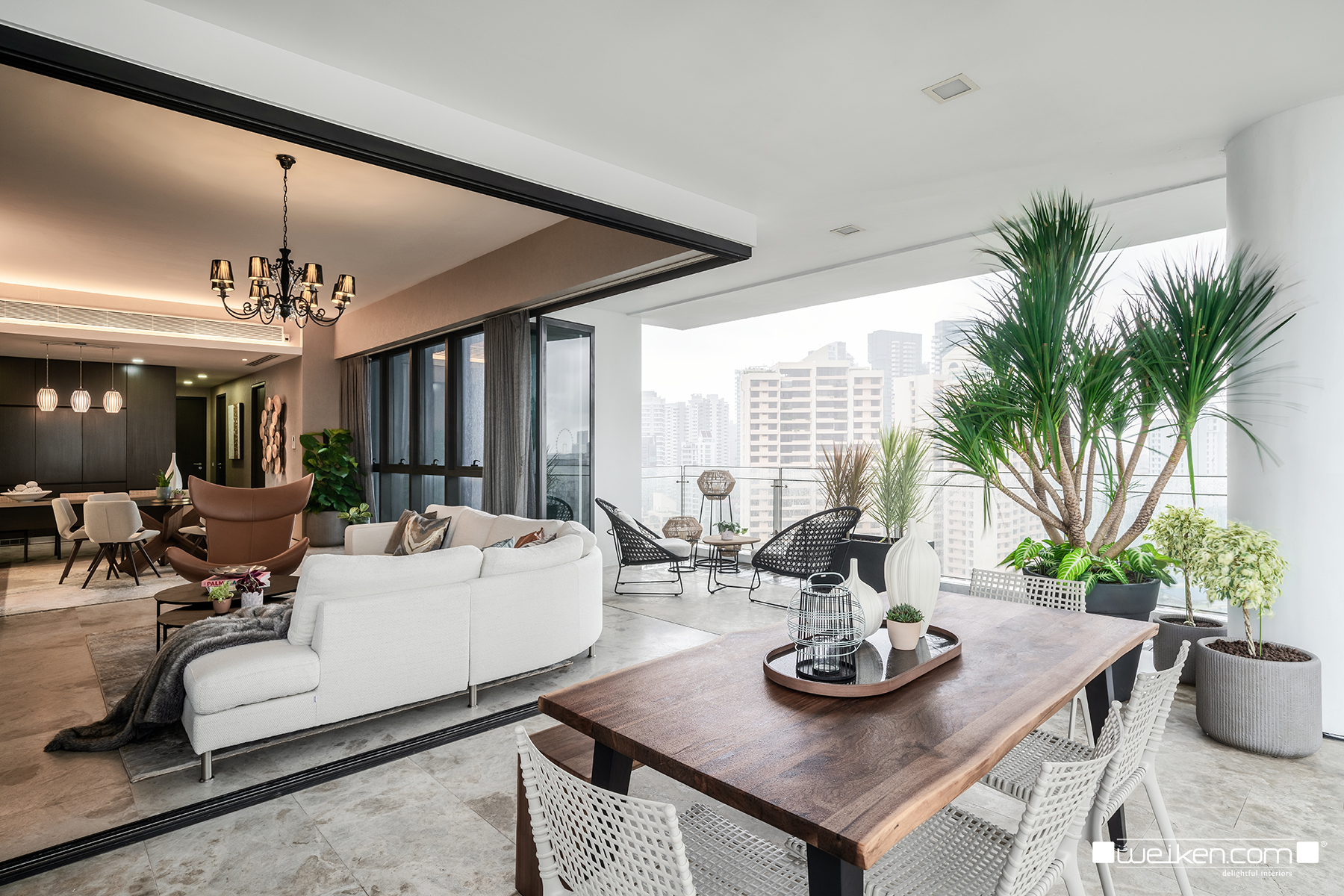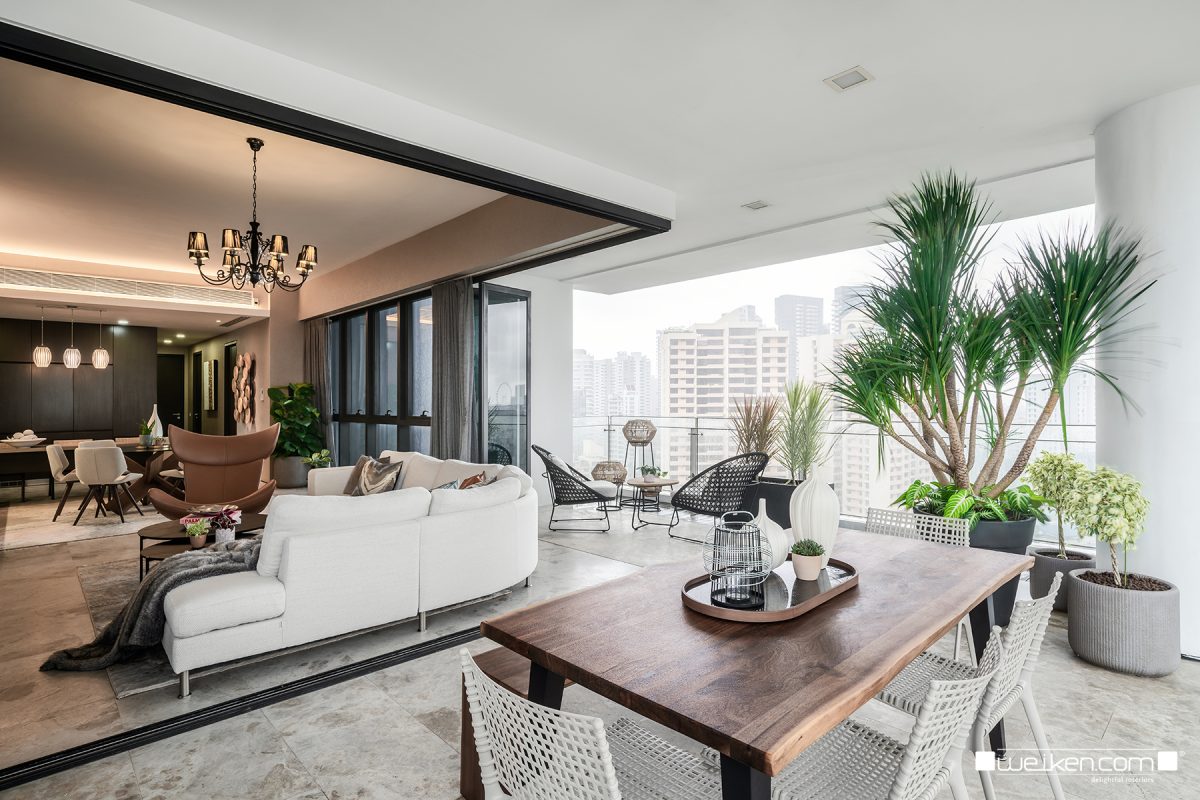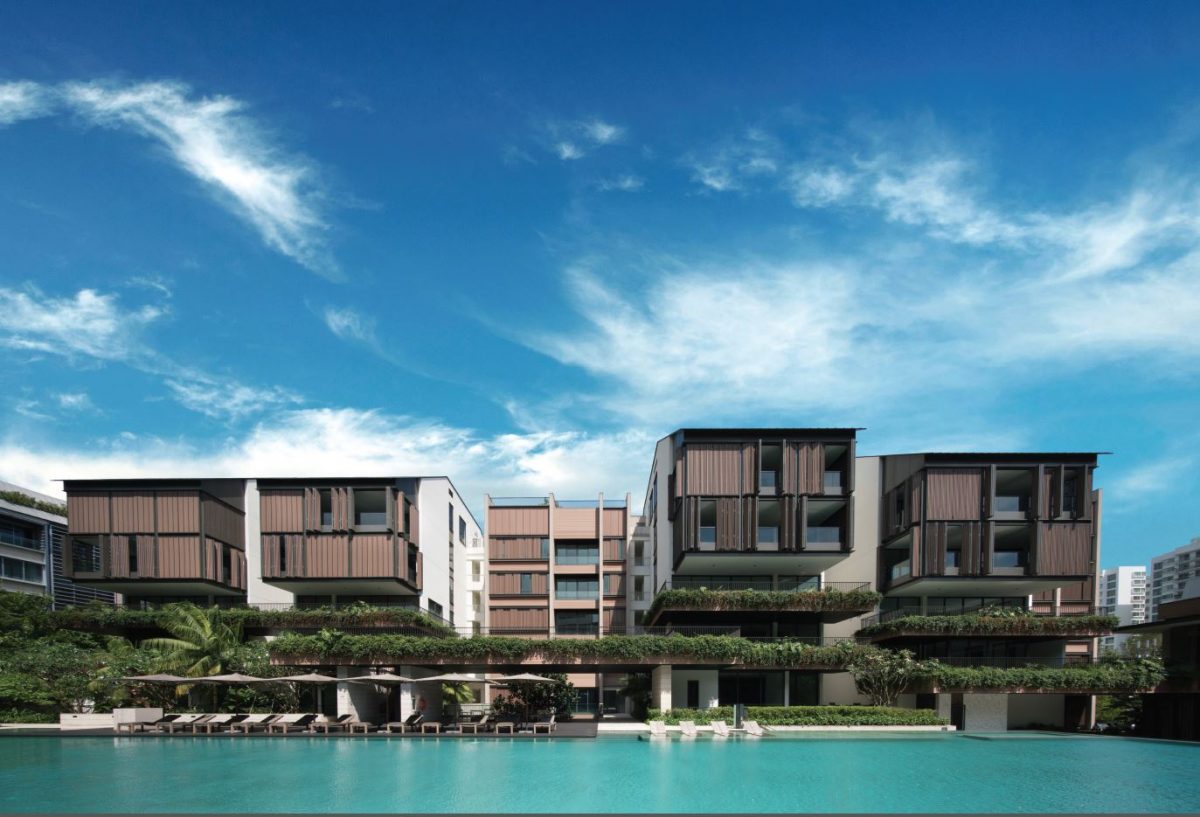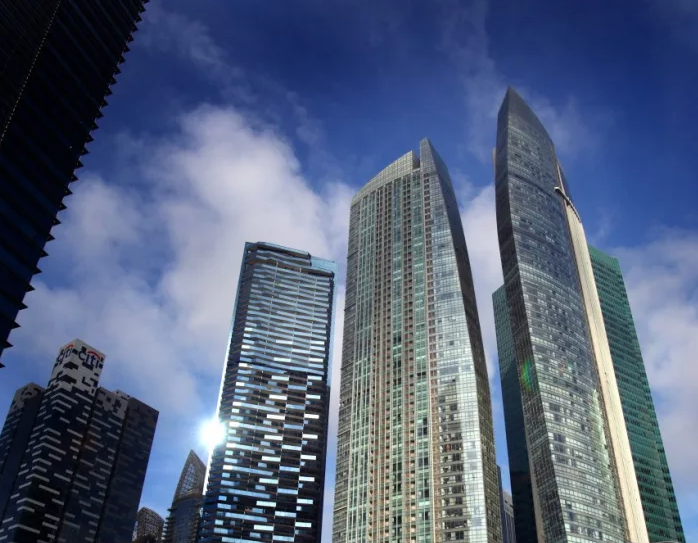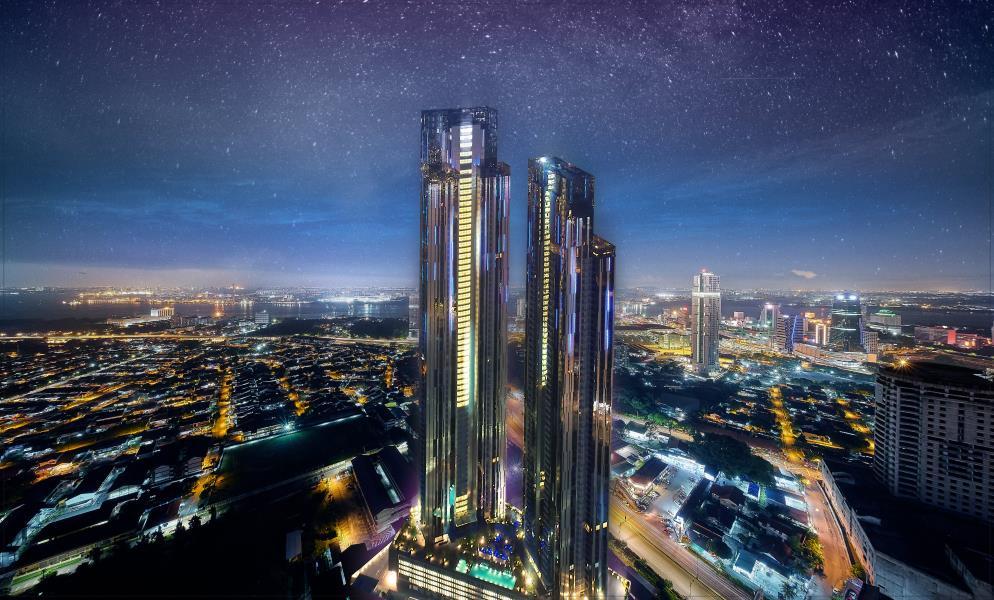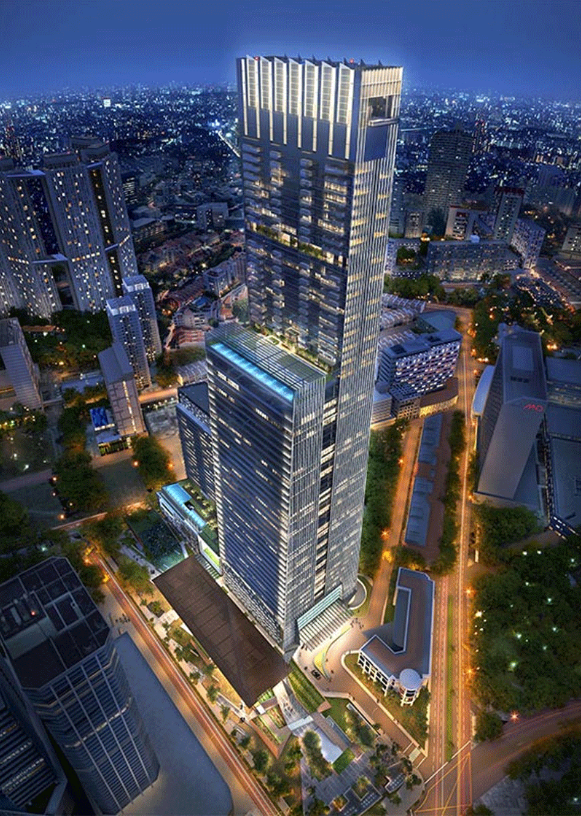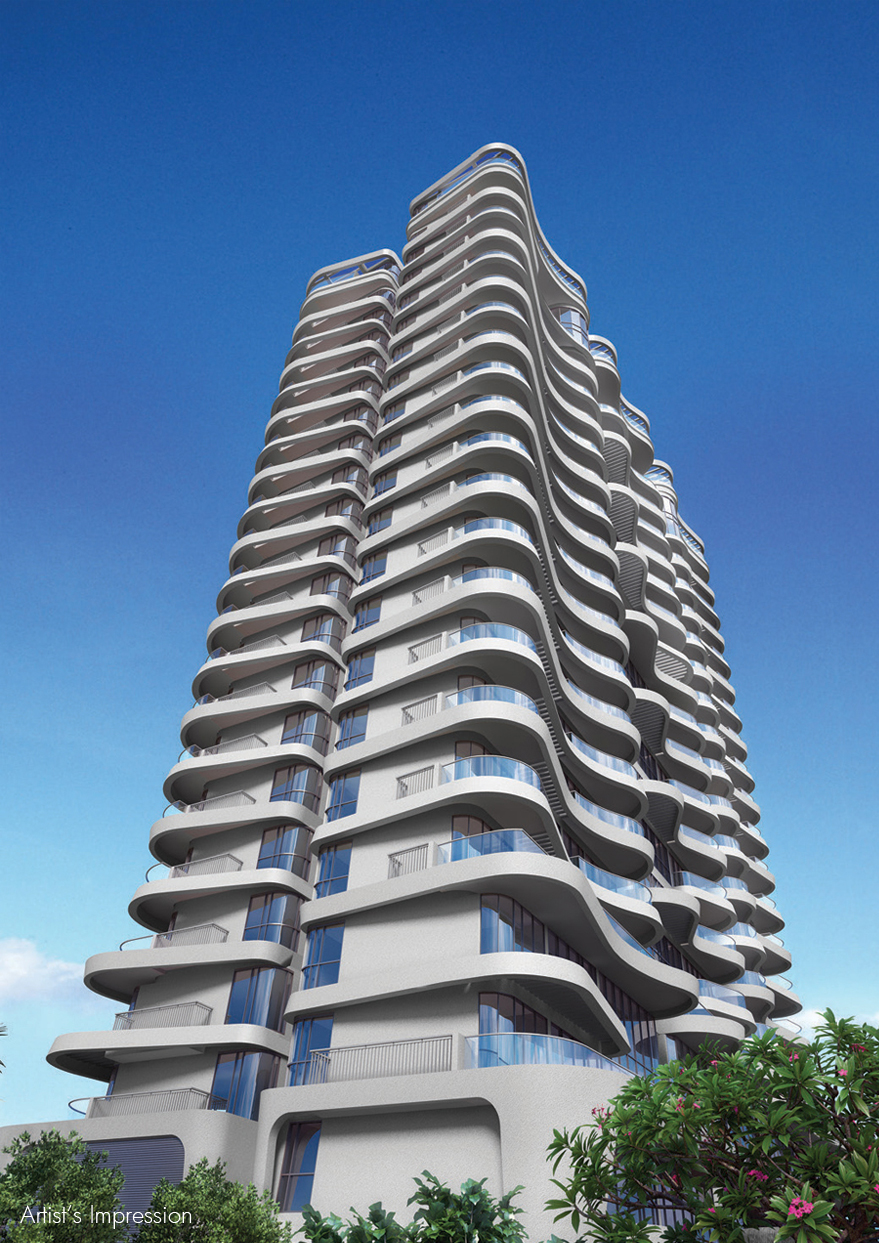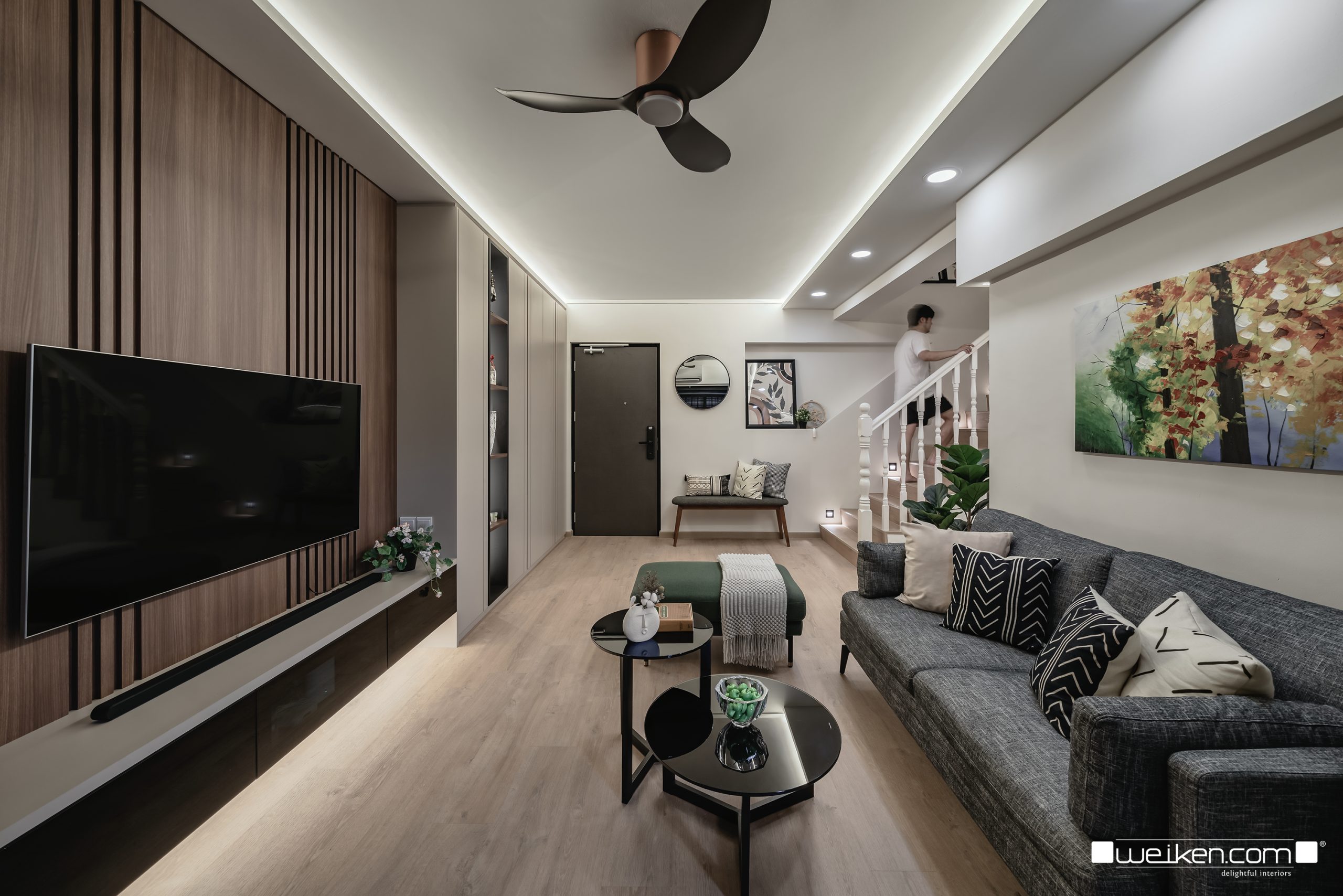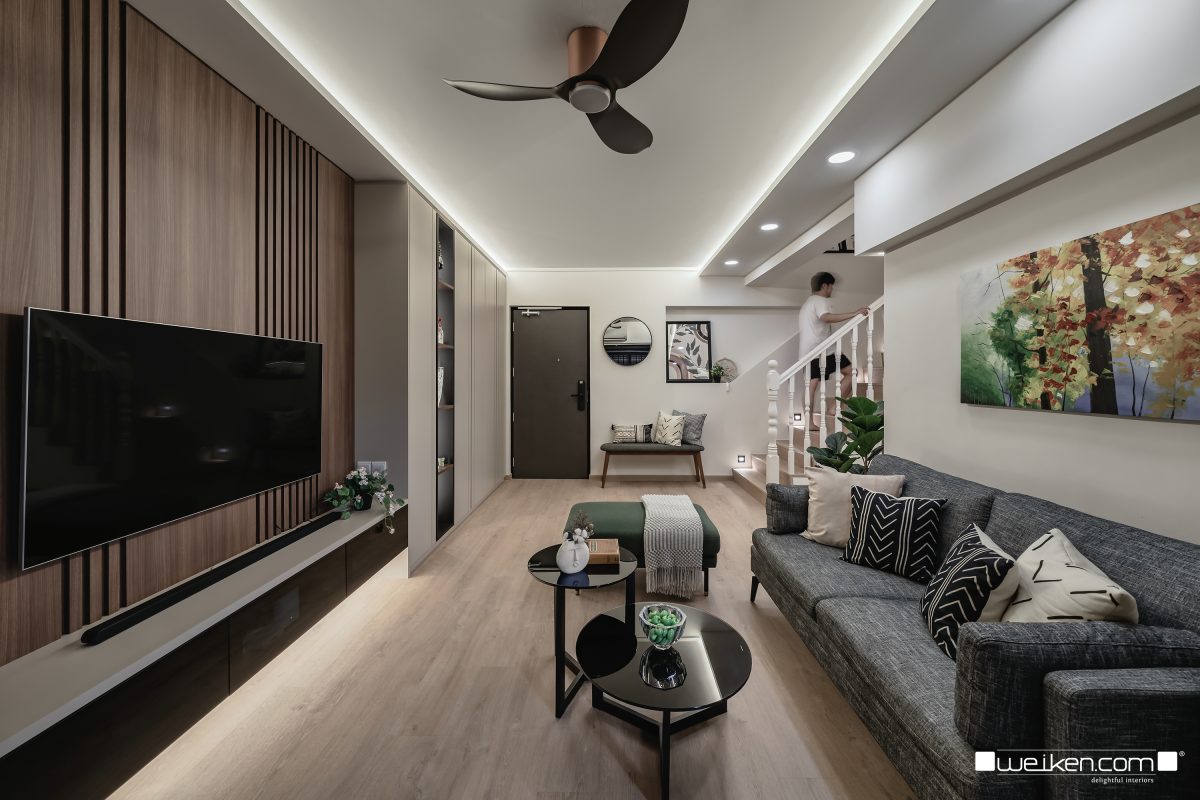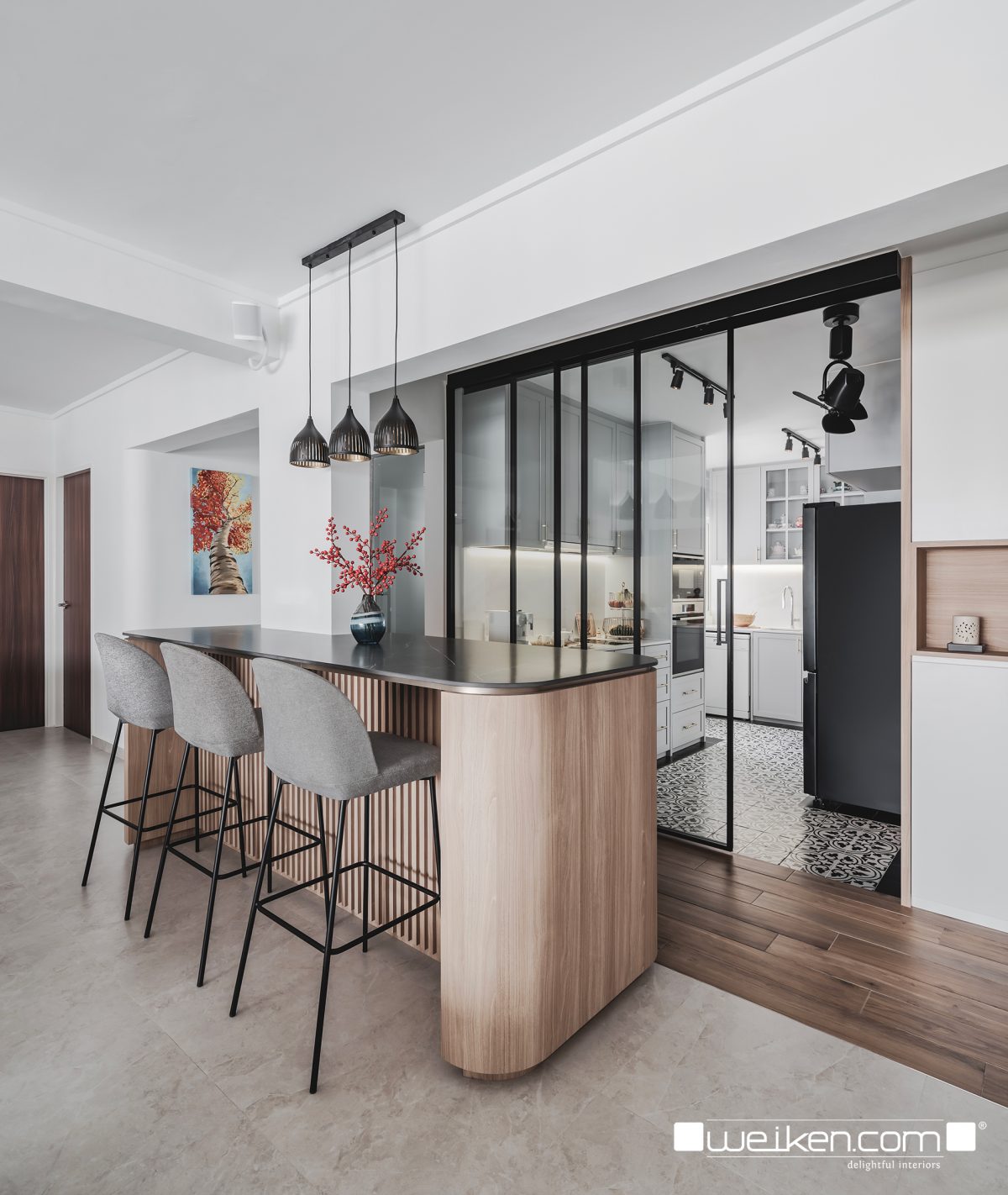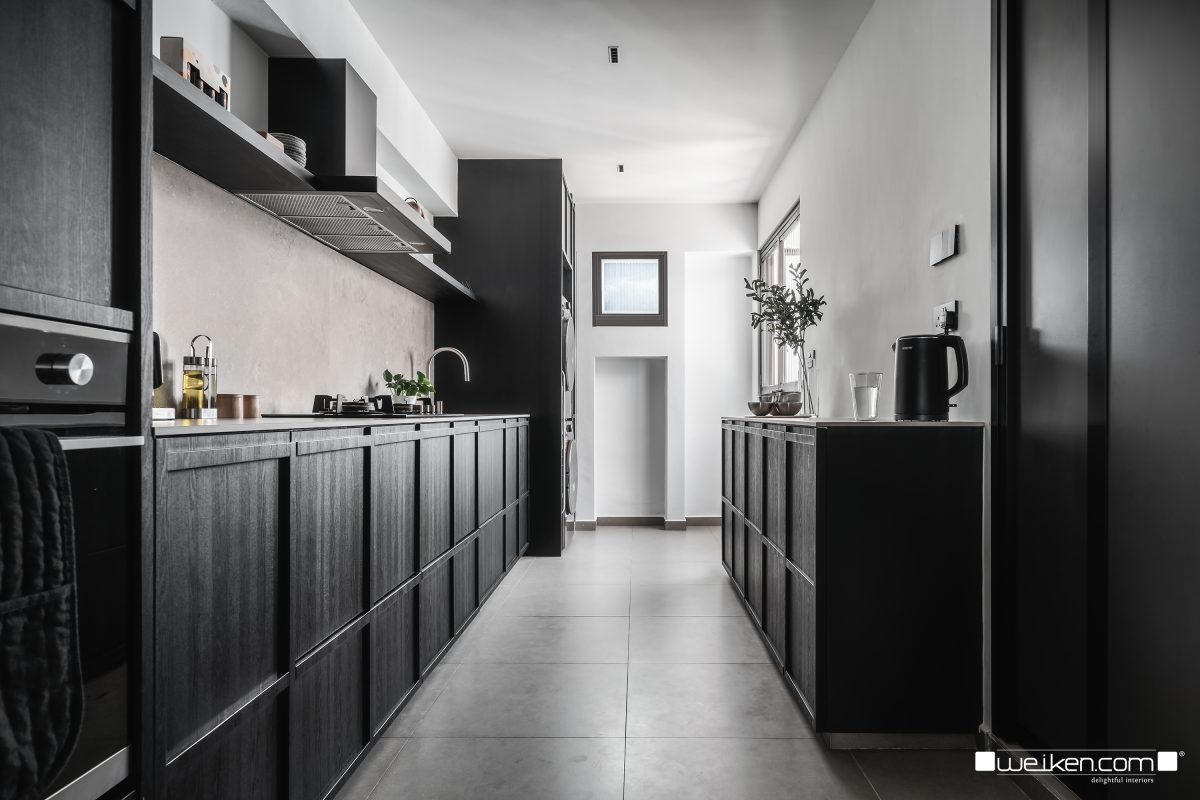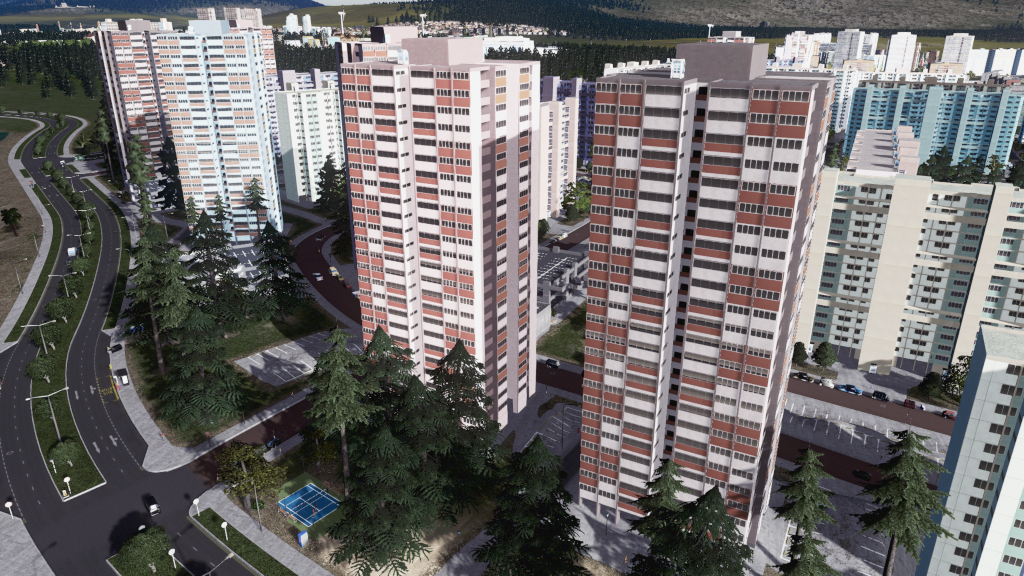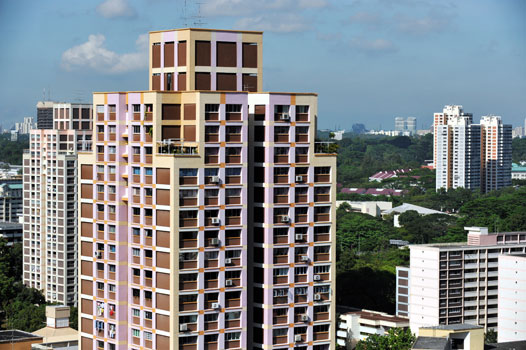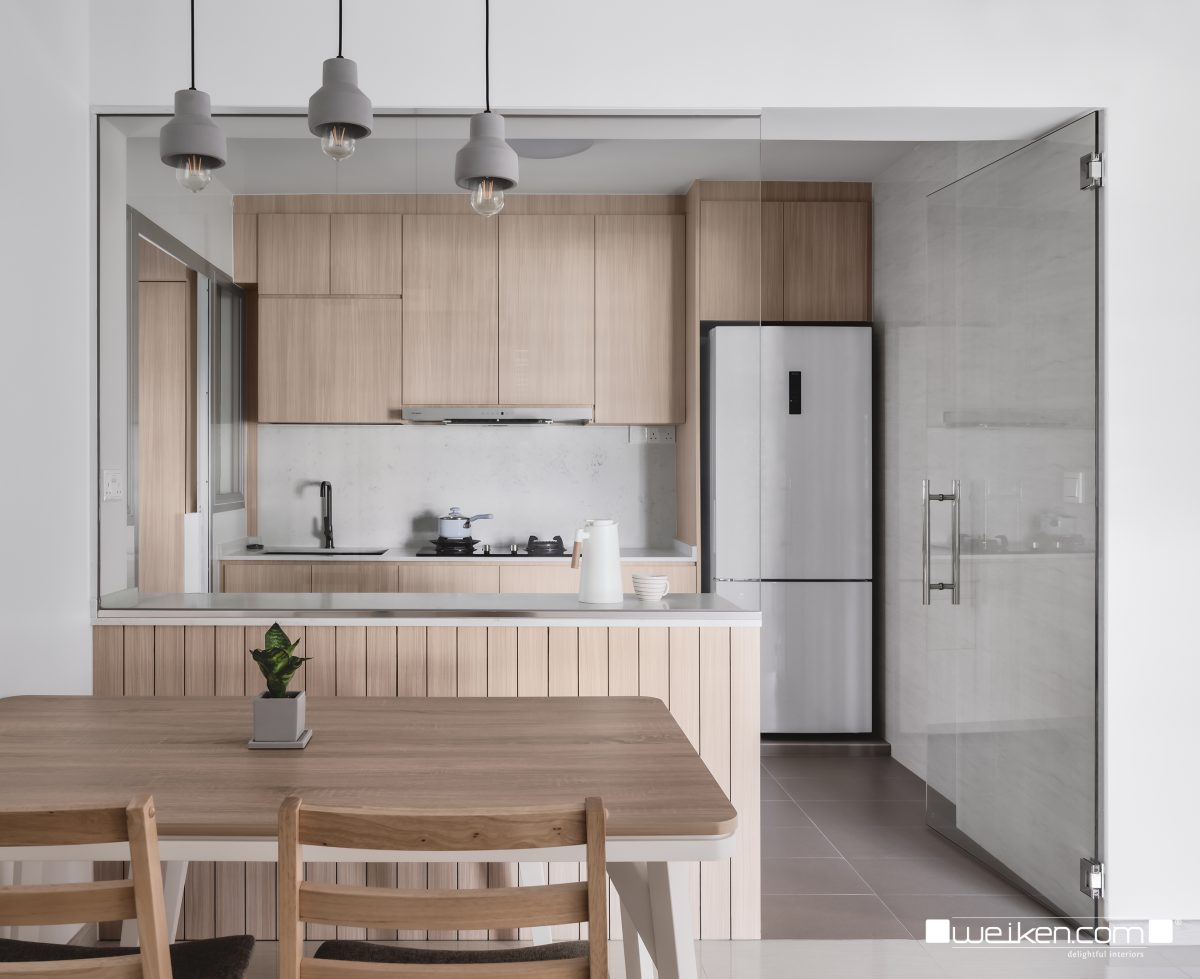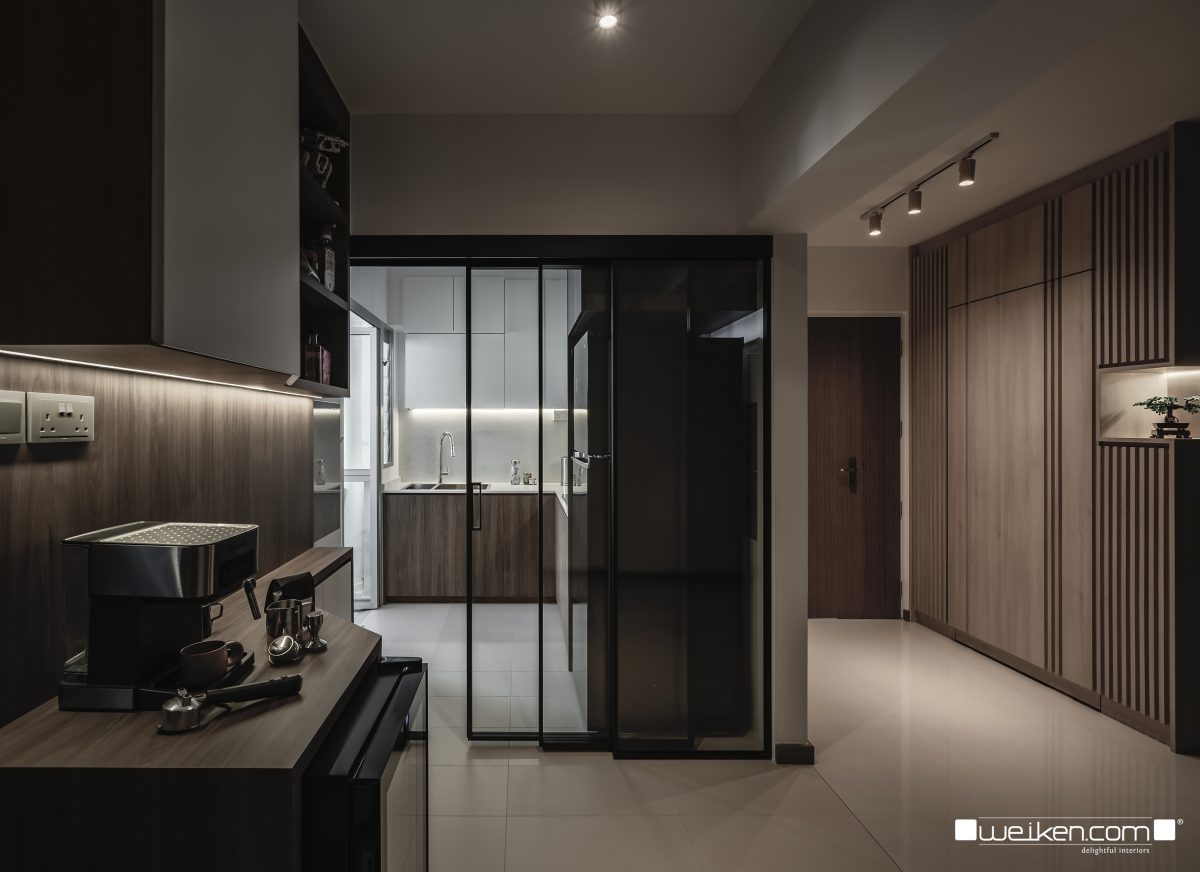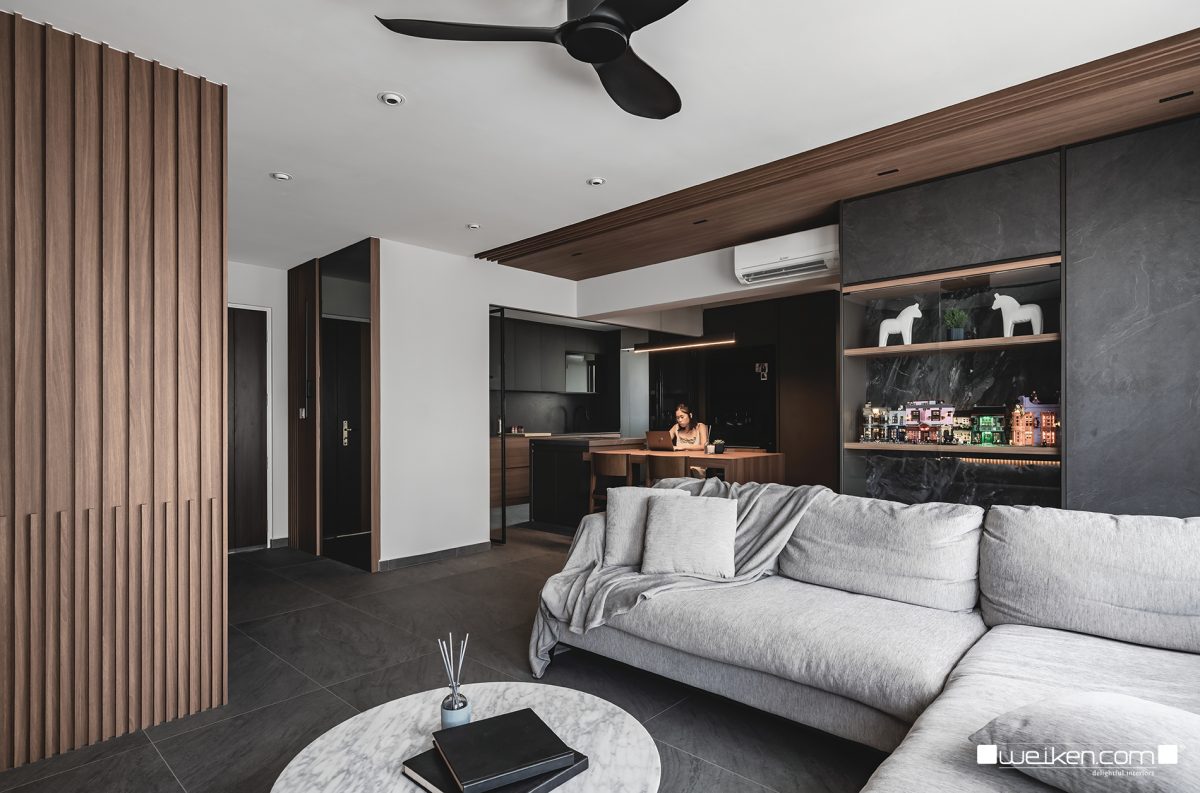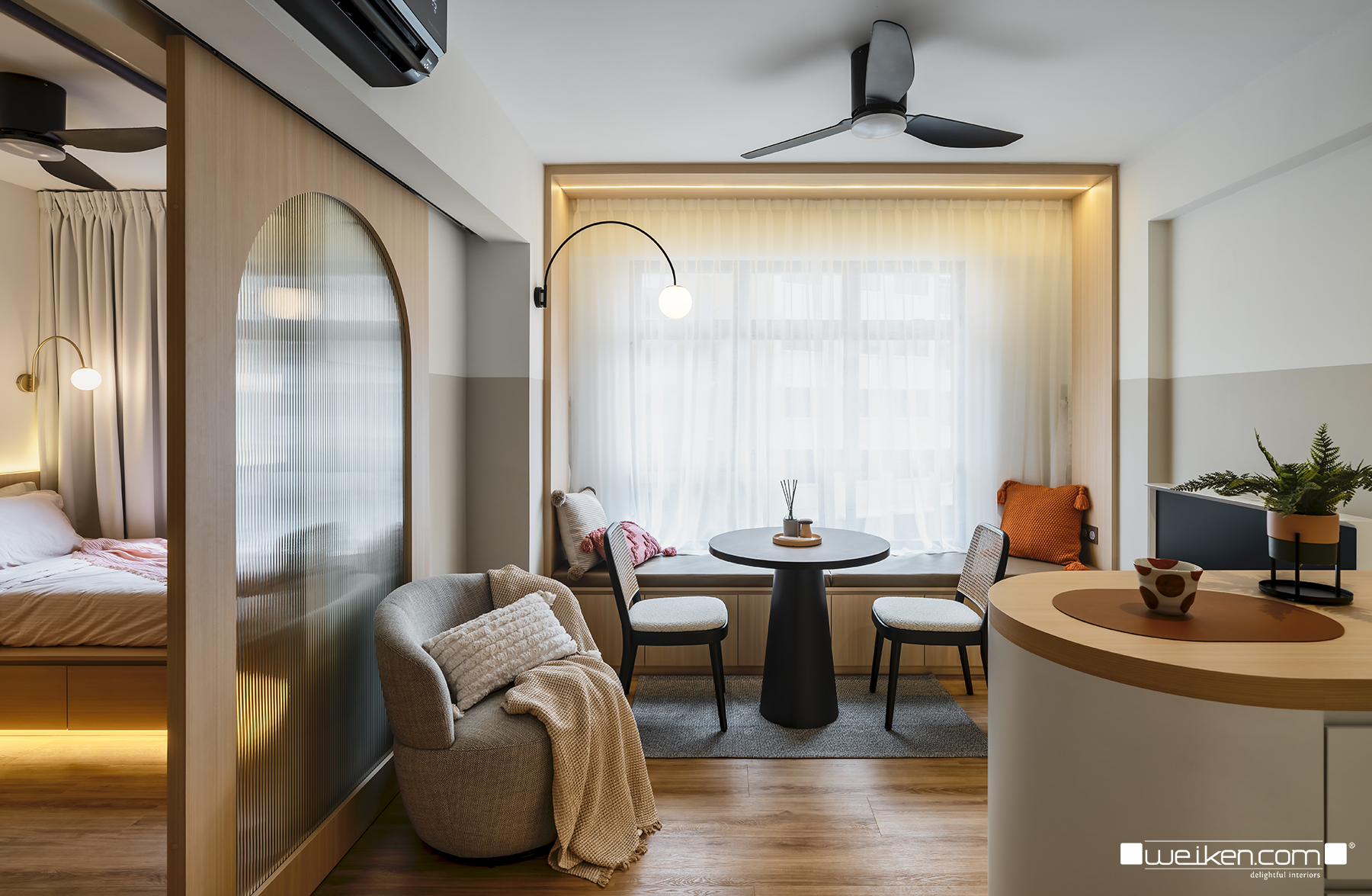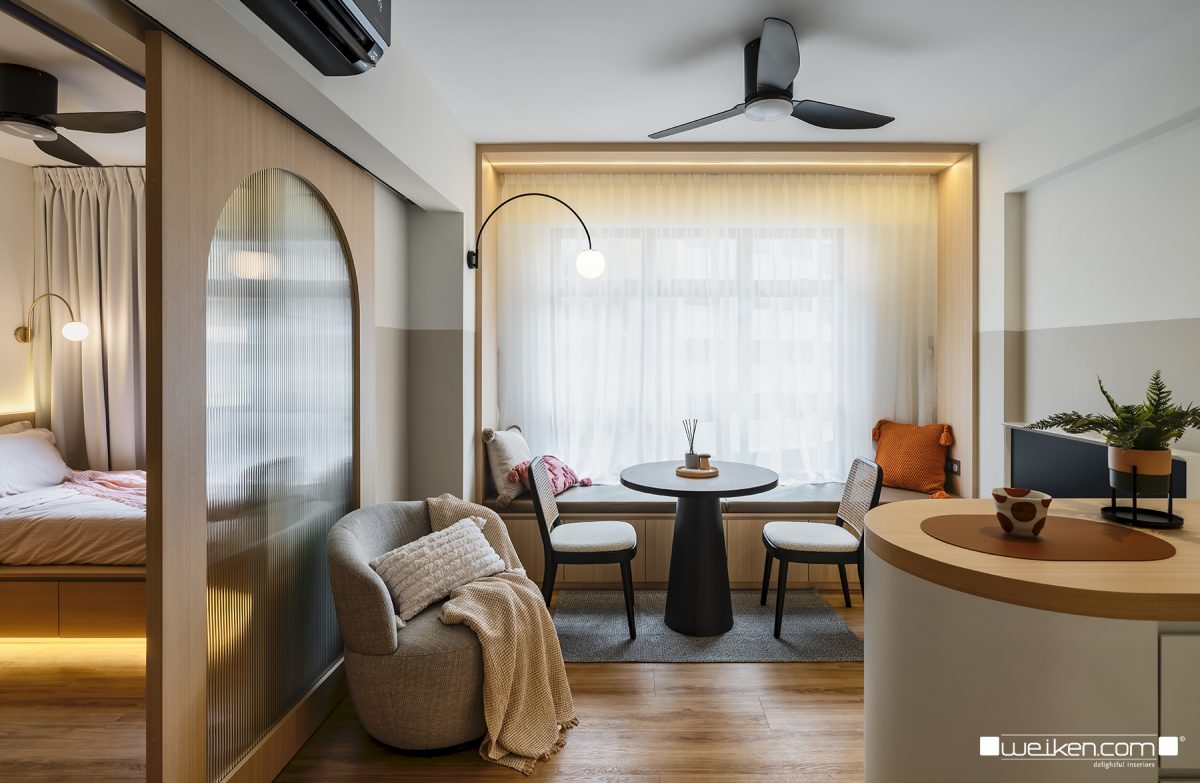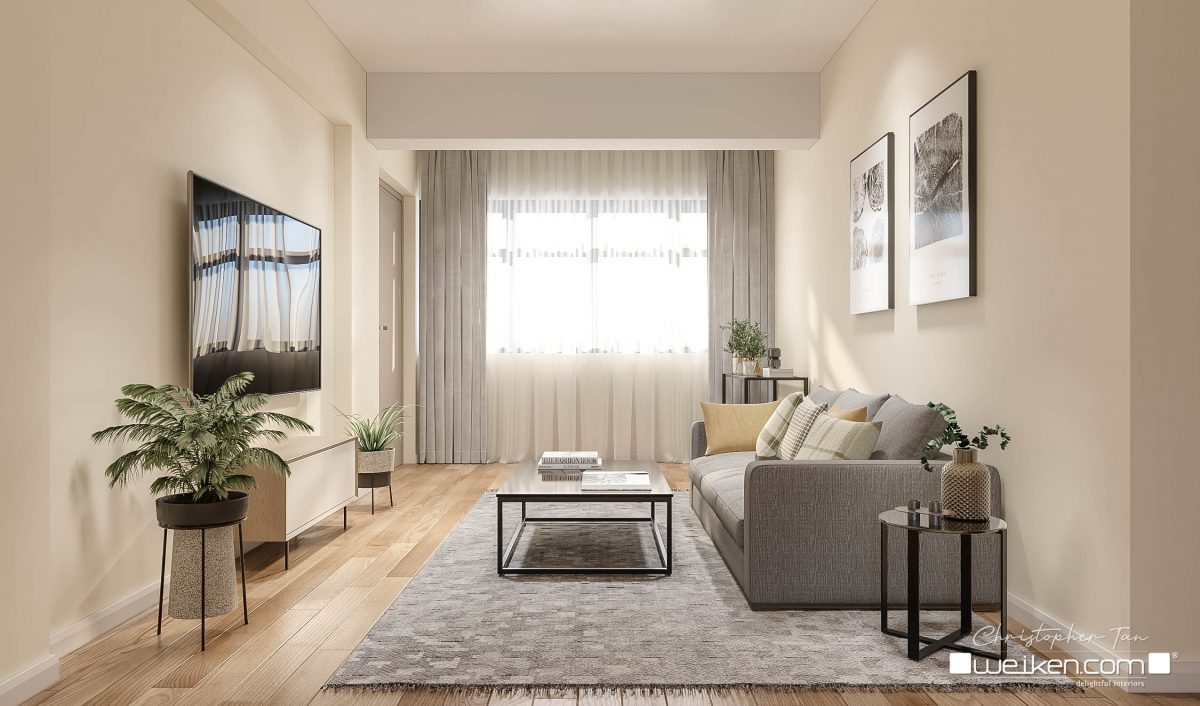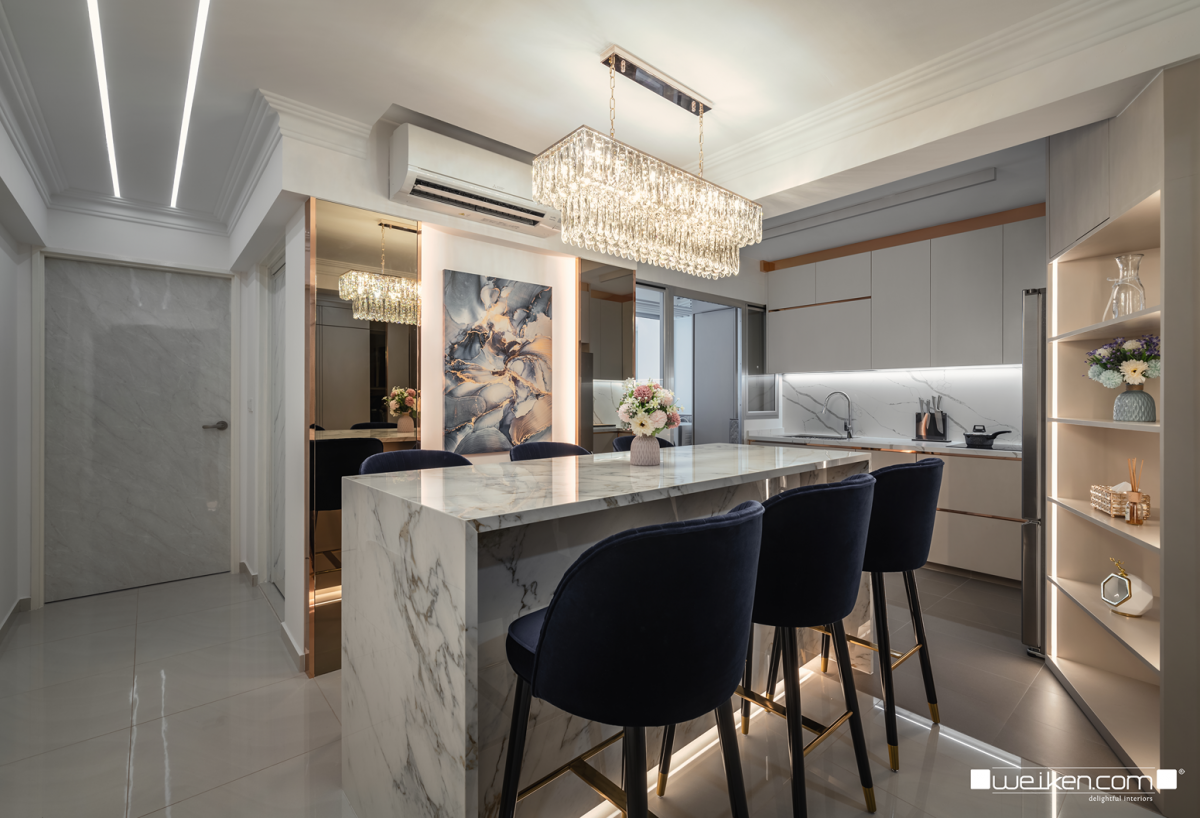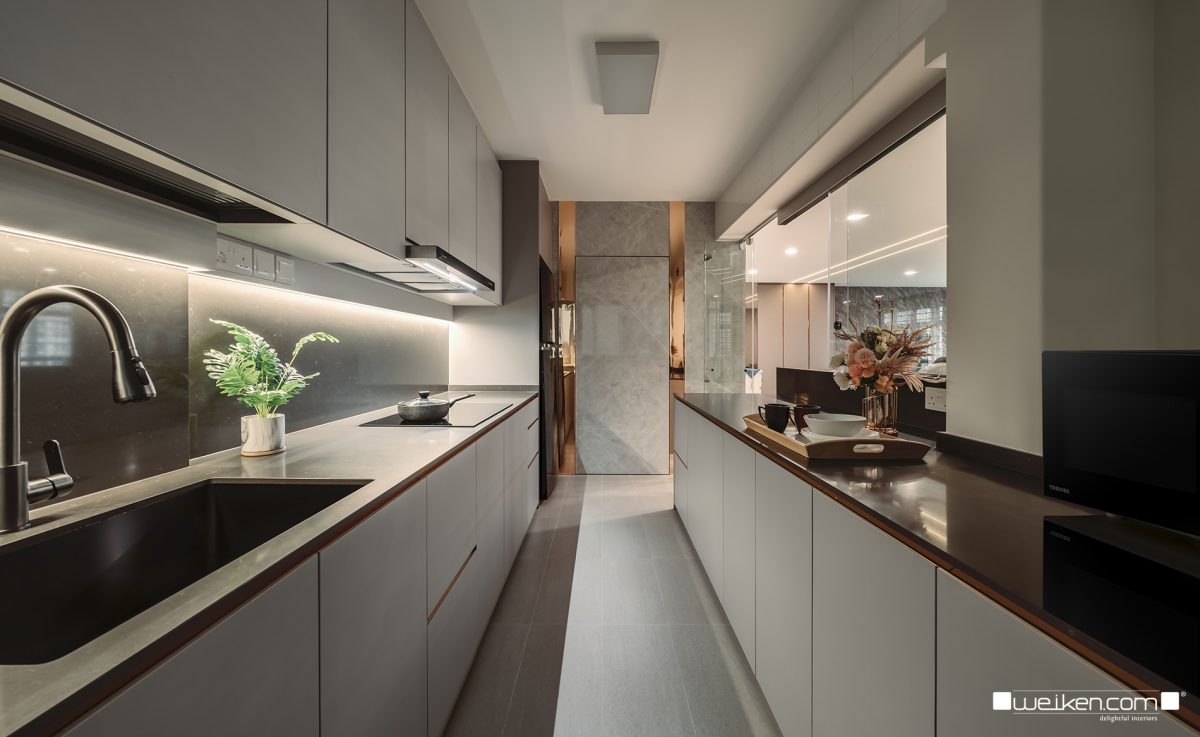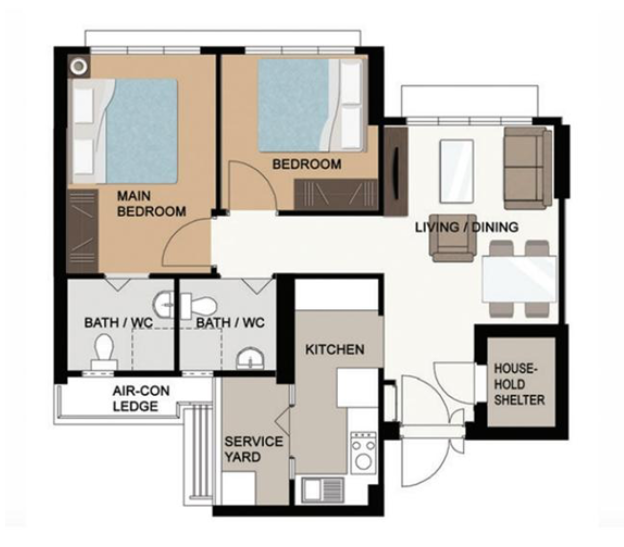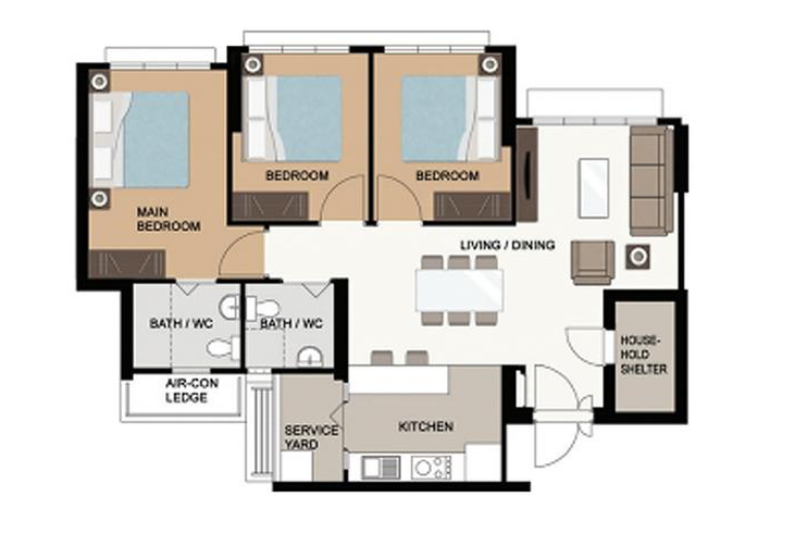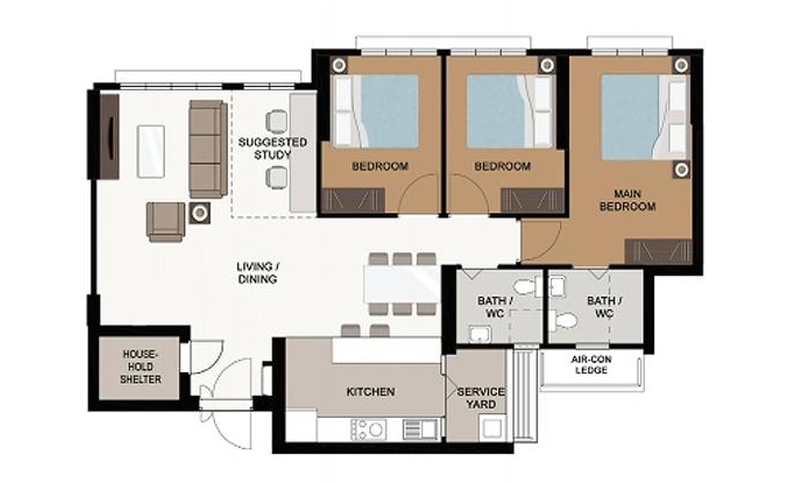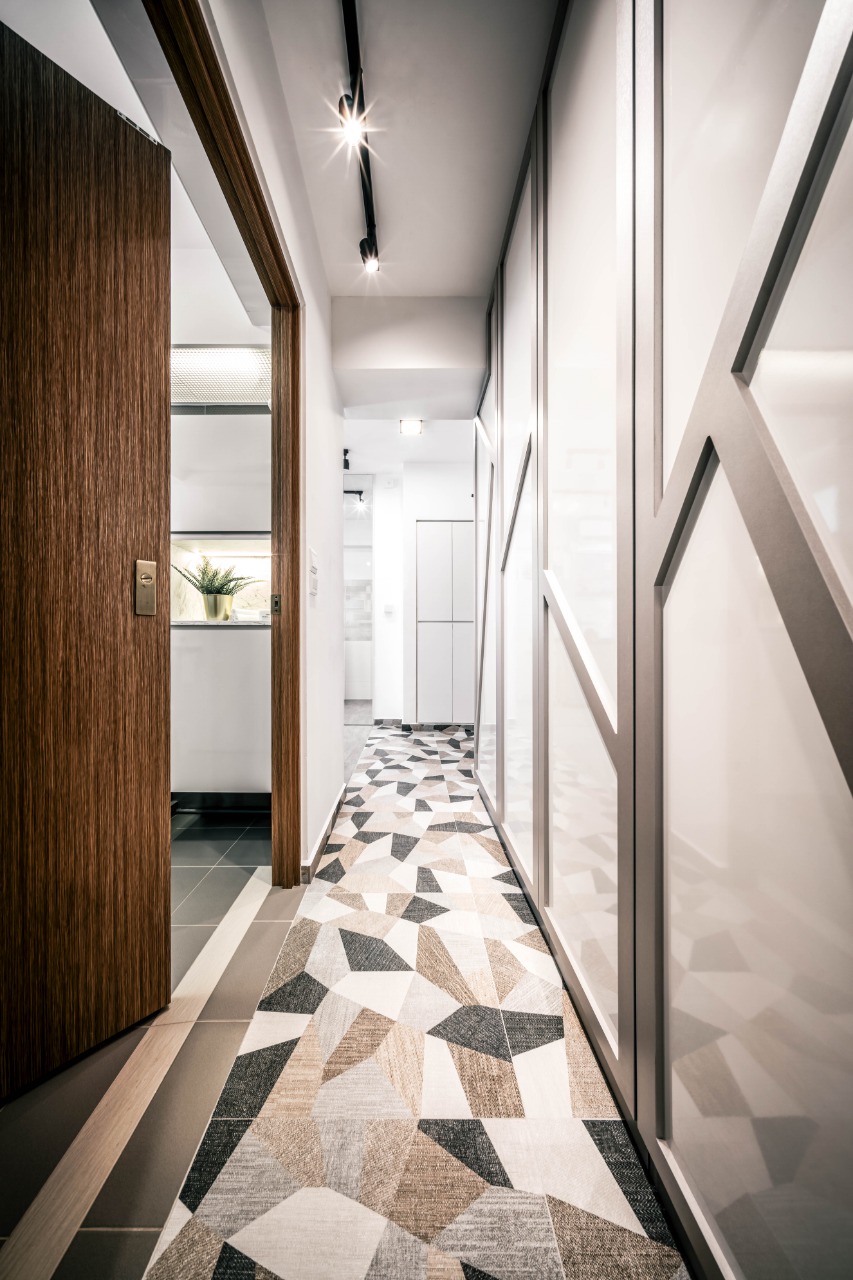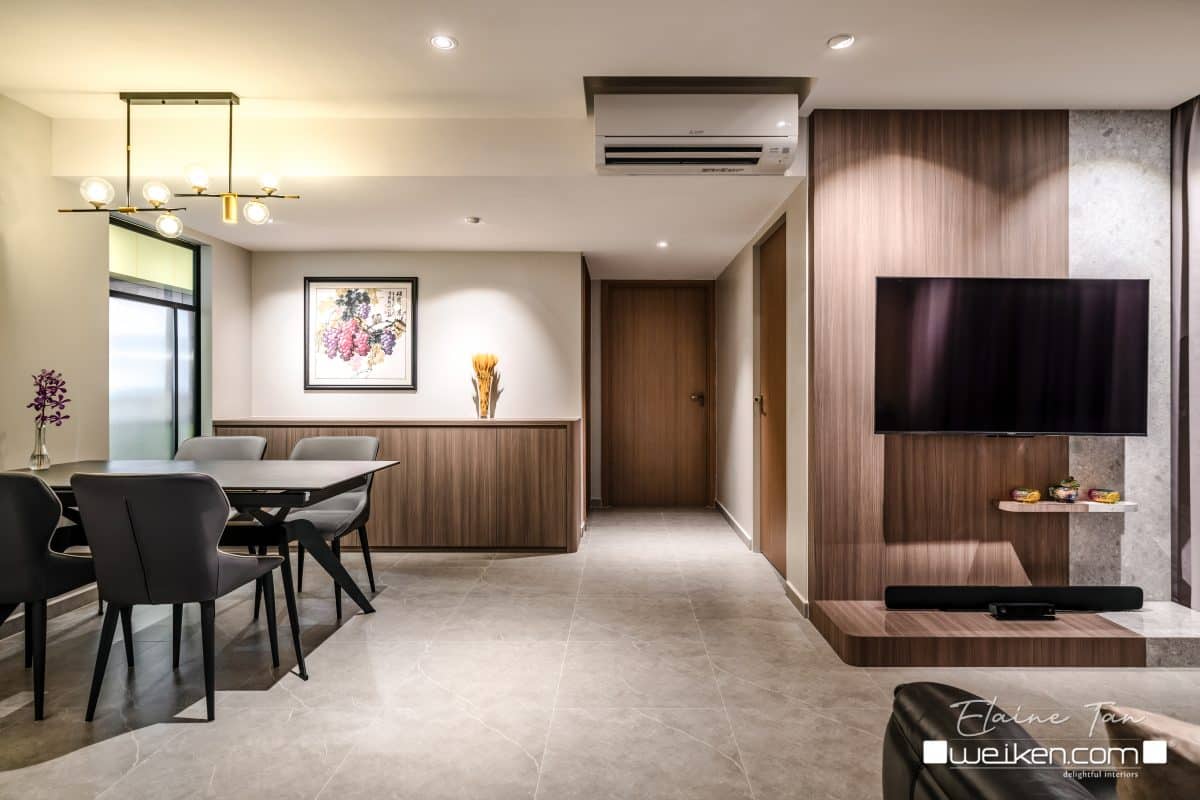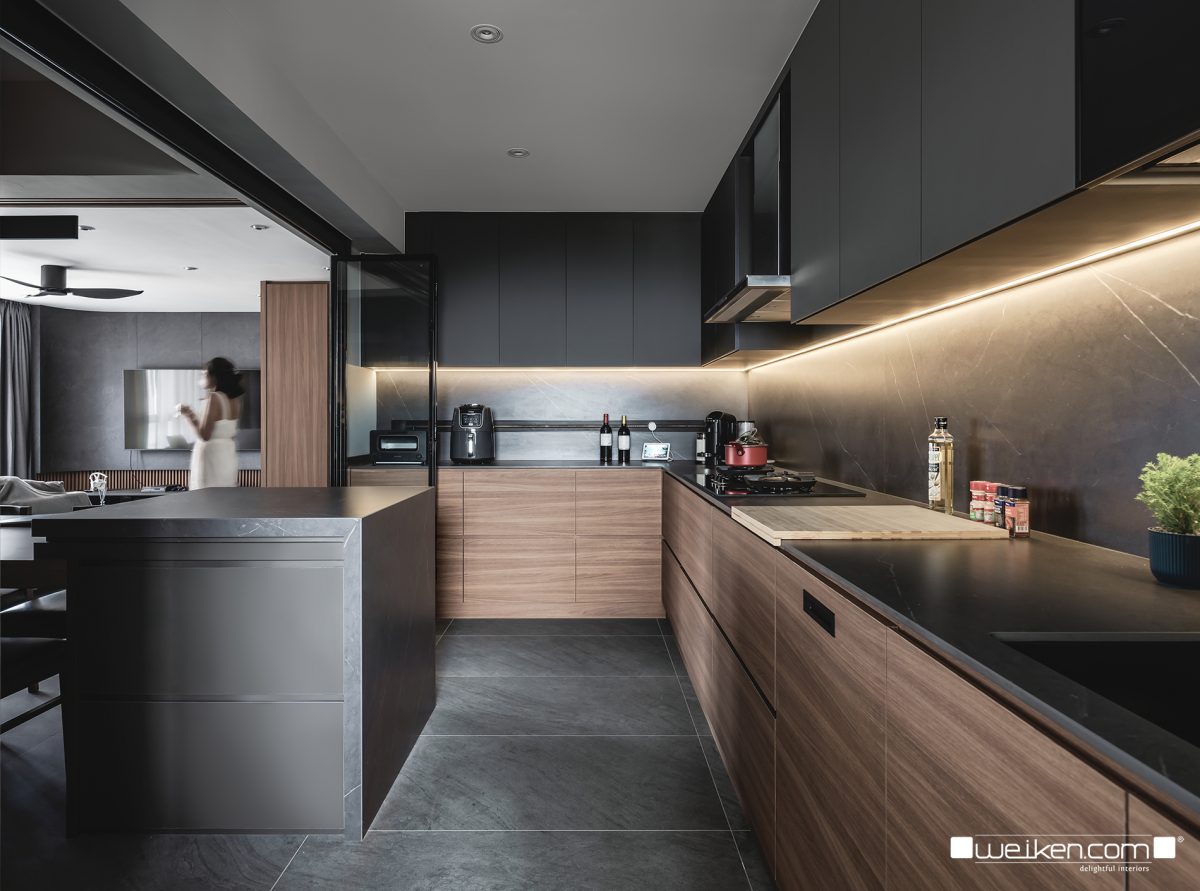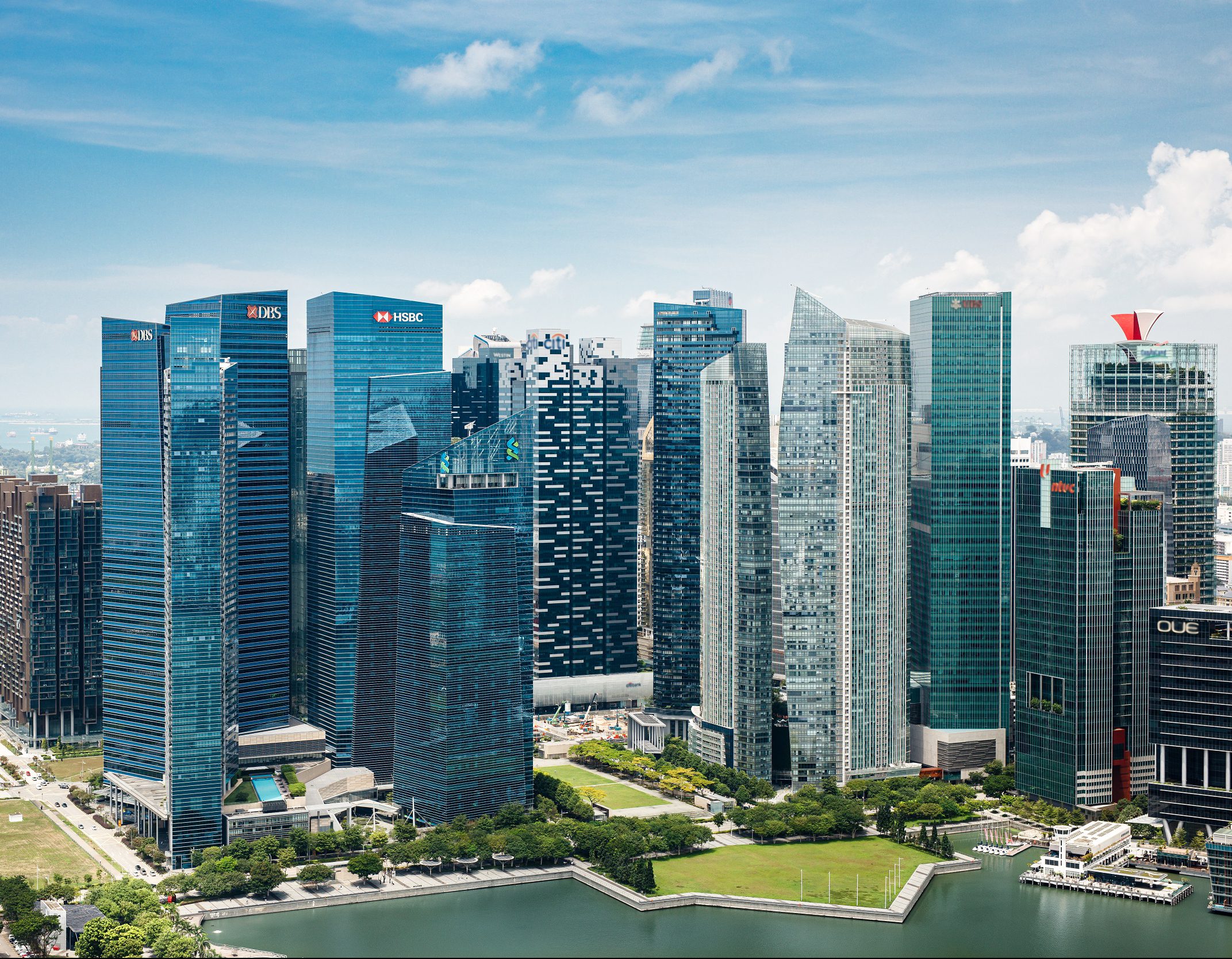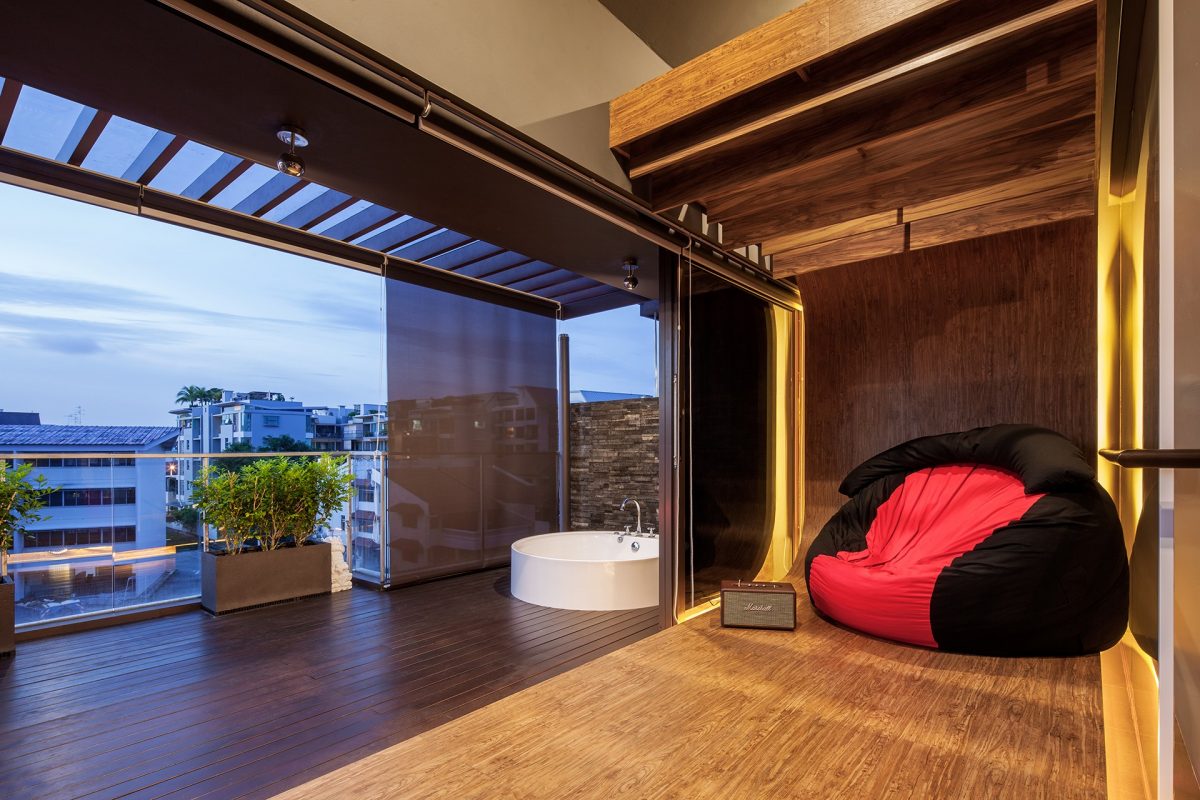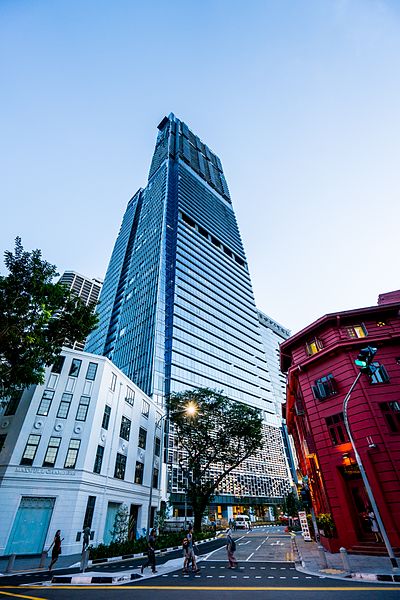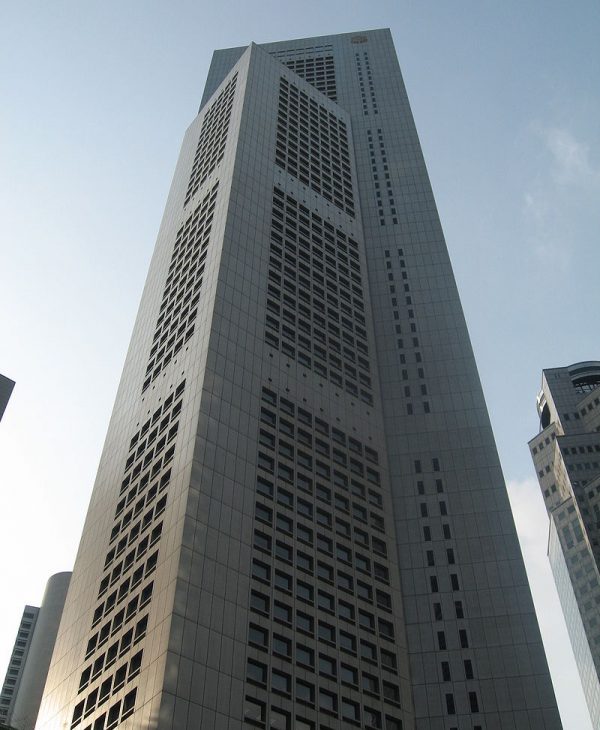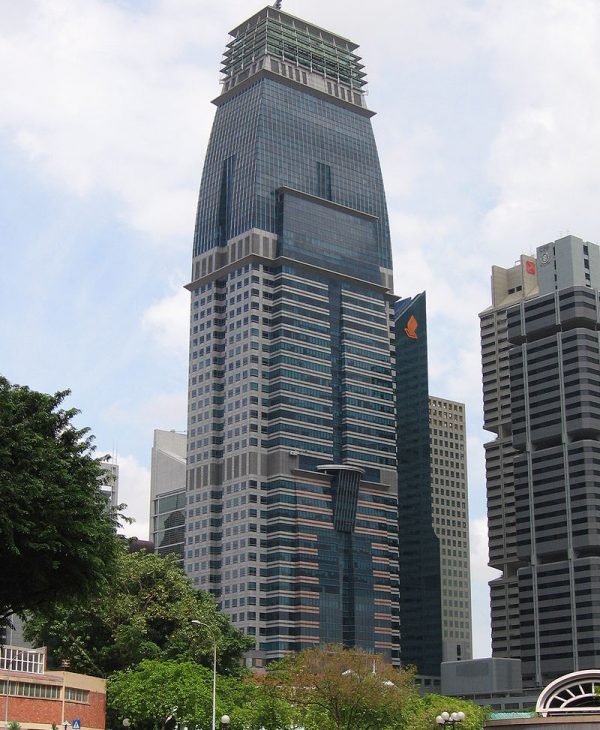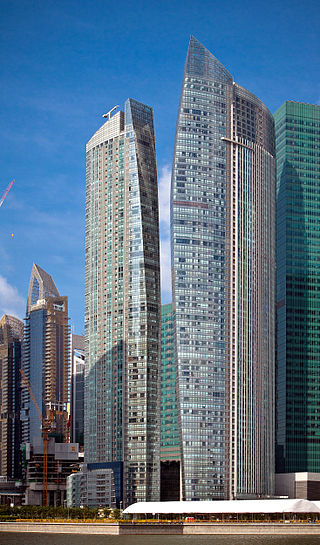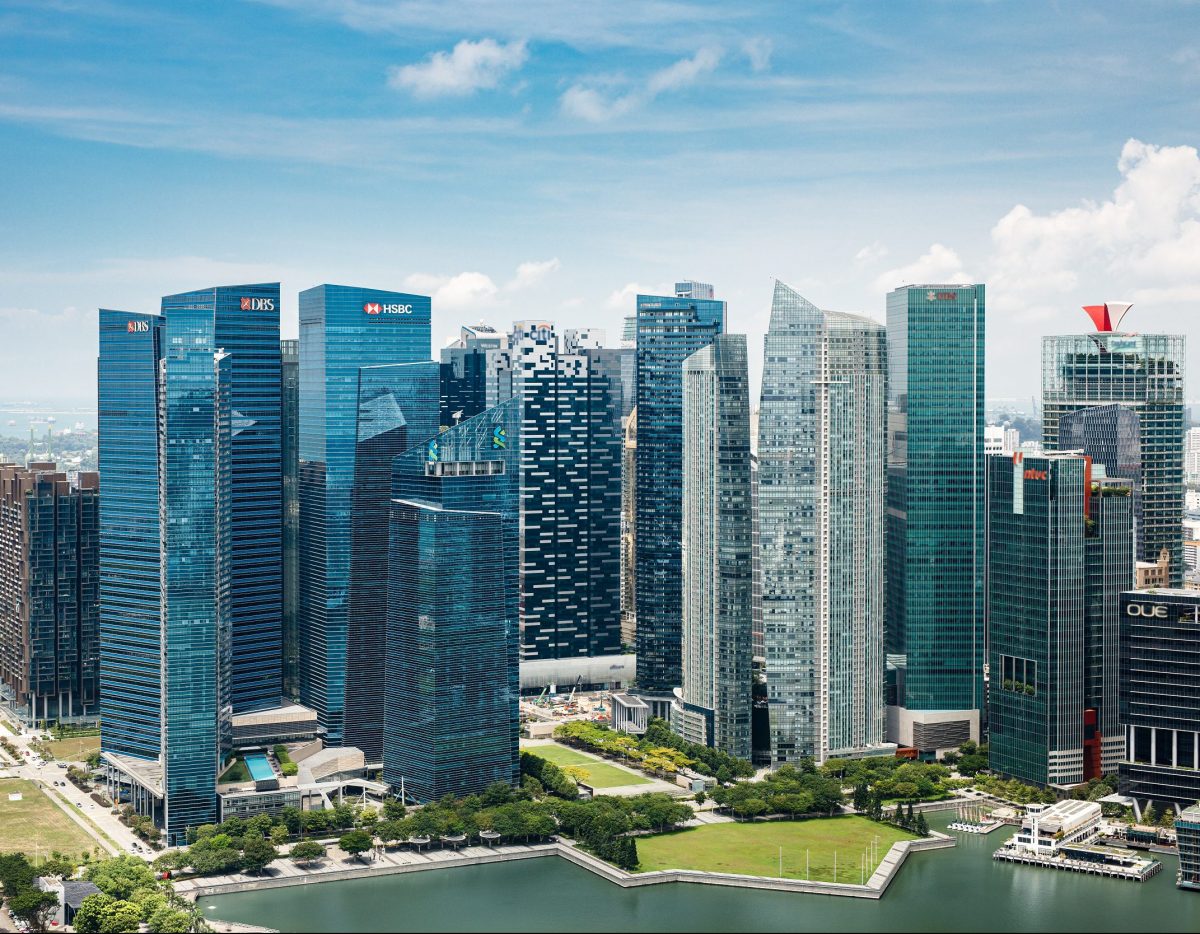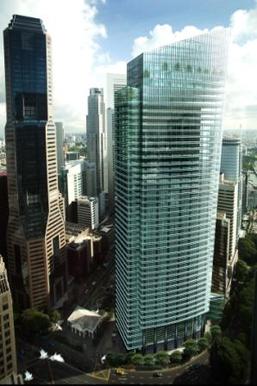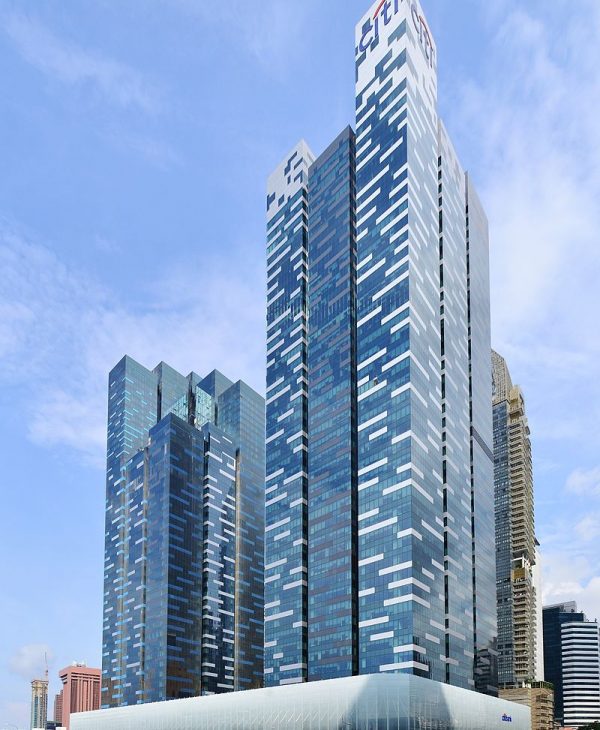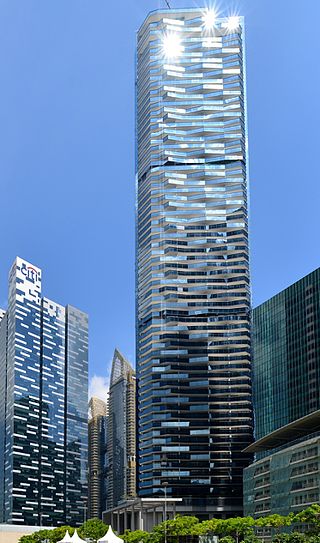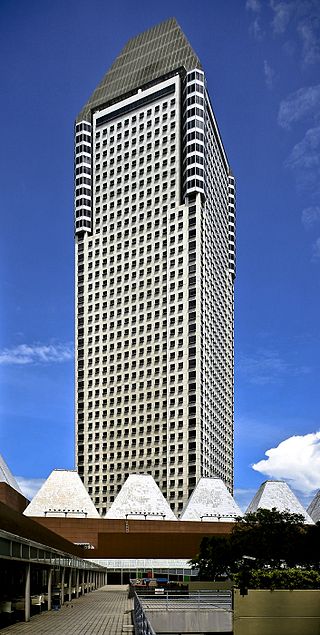QUICK NAVIGATION
-
About Island Cooker
-
Exclusive Range of Island Cooker
-
Gas Island Cookers
-
Electric Island Cookers
-
Dual-Fuel Island Cookers
-
Top Brands of Island Cookers
-
What Makes It Different From Cookers Used In The Kitchen?
-
Pros & Cons of Placing A Cooker On The Island
-
Island Cooker Hood
-
Conclusion
About Island Cooker
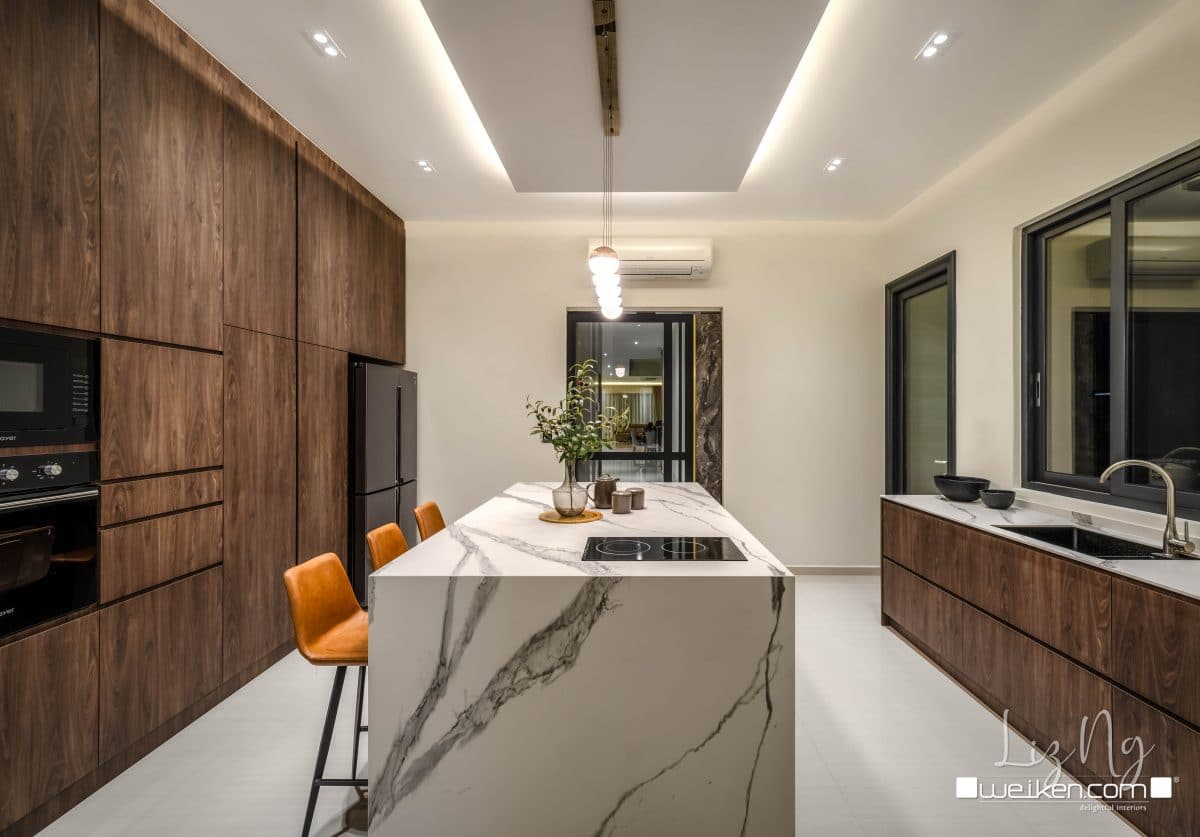
With the rapidly evolving trends and settings, keeping up to date has become a top priority for many. Whether it is in the realm of home improvement, fashion, culinary setup, or business empires, change is essential. This shift is evident in the kitchen setup of Singaporean households where homeowners are transitioning from traditional cooking ranges to the new island cooker.
Are you thinking about the technology behind this, and why are more people choosing it? We have answers to all your questions. Kitchen Island Cooker also referred to as a range cooker is a unique-styled cooking device based on the latest mechanism. It is manufactured in a shape and size that is perfectly suited for installation on the kitchen islands.
In Singapore, the trend of island cookers is on the rise. Owing to its versatility and aesthetically appealing nature, this innovative cooking range has been gaining popularity over the past few years. They are specifically designed to serve a multitude of purposes. This article provides a comprehensive overview of everything you need to know about island cookers.
Exclusive Range of Island Cooker
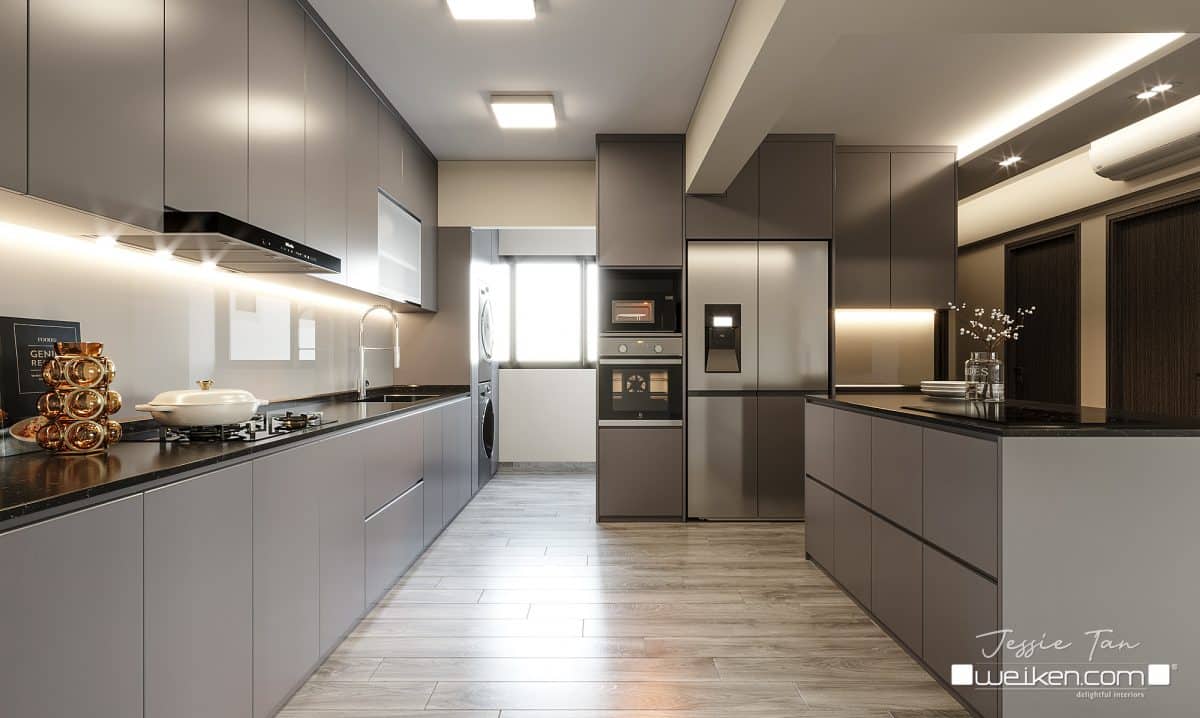
Island cookers are abundant in style and form each having a unique set of performances. When selecting a specific type, it is necessary to consider the requirements of the kitchen to ensure seamless integration.
Narrowing down the broad selection of this range available in the market, island cookers can be categorized into three main units each offering valuable features and benefits.
Gas Island Cookers
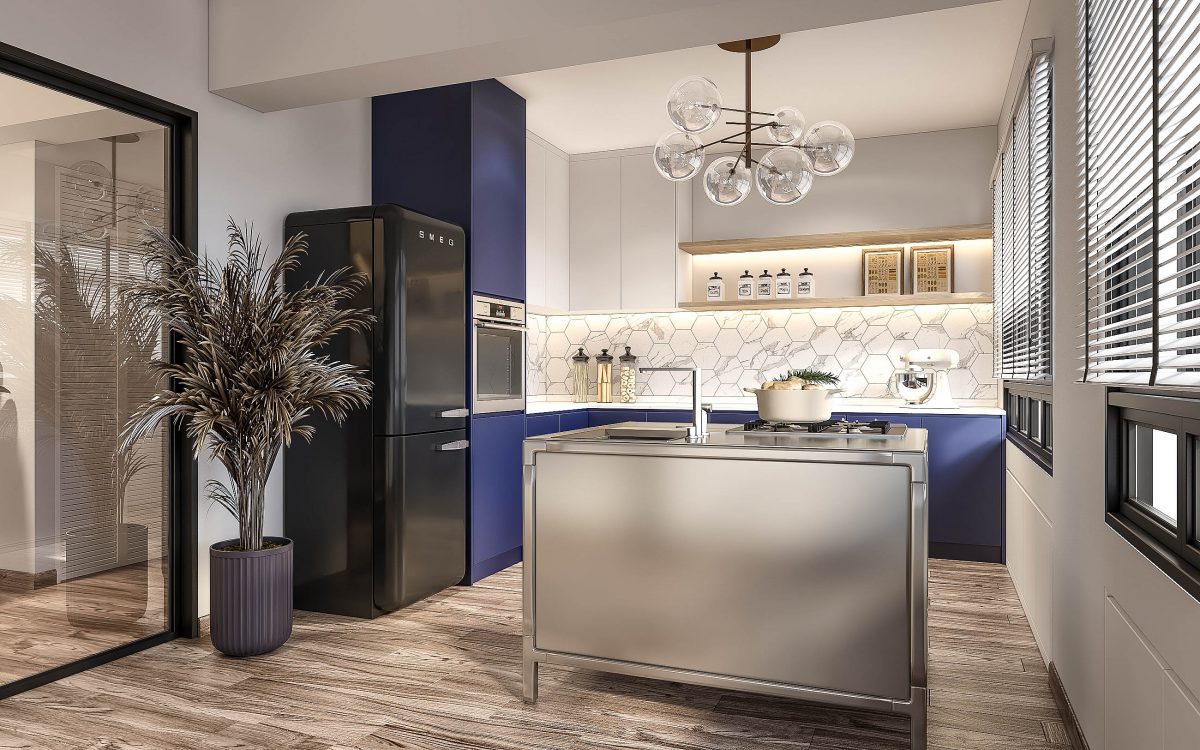
In Singapore, some homeowners prefer to use gas units for cooking instead of other alternatives. This type of cooking range is an ideal choice for them as it offers precisely what they demand. The selection of gas island cookers available on the market can be overwhelming, with each one varying in style and size to accommodate the diverse needs of different kitchens.
Two of the most popular types of island cookers are the easily accessible built-in technology and freestanding units both of which offer an instant heating mechanism and can precisely control the heating temperature. Singaporeans can cook multiple dishes in one go and in a relatively shorter time, making this cooking range their favorite choice.
Electric Island Cookers
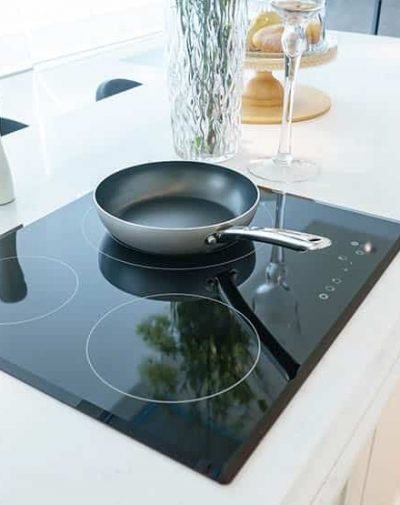
Electric Island Cookers is another widely used unit in Singapore. For those who rely more on electrical appliances and can afford sky-high billing prices, this type is for them. As the name implies, this unit is completely electric-based and is operational only with an electric supply. Electric island cookers come in various sizes and styles, matching varied customer demands.
Electric built-in and freestanding island cookers are designed with the primary function of evenly supplying heat, making them most suitable for large setups with busy kitchens, such as restaurants. Additionally, they offer easy cleaning and maintenance setting them apart from other types of ranges.
Dual-Fuel Island Cookers
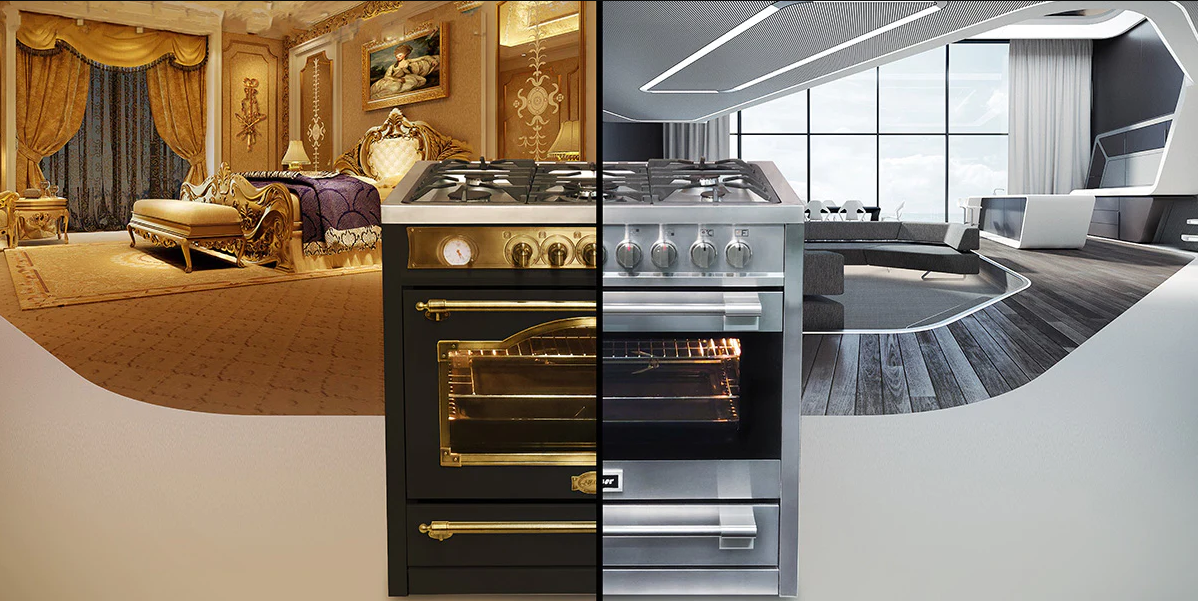
The dual-Fuel cooking range is a cutting-edge hybrid system that combines excellent features of both gas and electric units. Most Singaporean homeowners are opting for this island cooker due to its functionality. Featuring an electric oven and gas hob, the dual-fuel island cooker allows for unparalleled flexibility when preparing meals.
With the ability to quickly switch between cooking methods to achieve the perfect result, this versatile island cooker is a top choice for those seeking a high-performing and efficient cooking solution.
Top Brands of Island Cookers
Singaporeans now have a plethora of island cooker brands to choose from that offer unique functionality and outstanding merits. Some, of the many, high recommendations are as follows:
1. AGA Cookers

AGA Cookers is a top-quality brand that offers an array of multi-functional island cookers. Cooking units by this brand are highly durable and best suited to those who are not likely to make changes in their kitchen for a considerable time.
2. Smeg Cookers
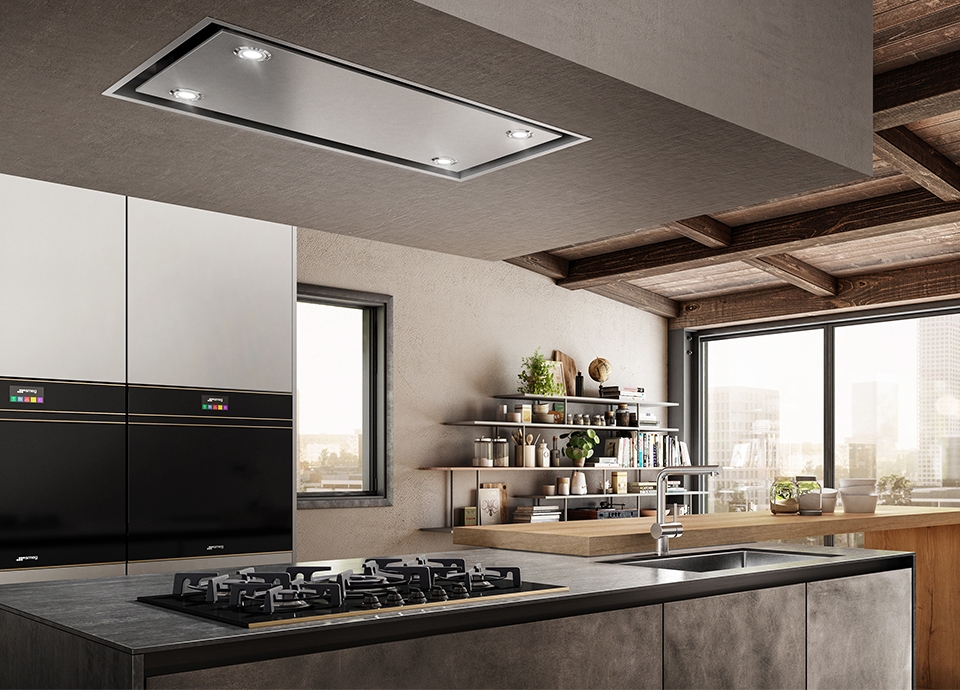
Smeg Cookers is another leading brand in the market offering a wide range of island cookers. With an assortment of modern and stylish units, this brand caters to the target market that admires style over performance.
3. Other Brands
In addition to the above-mentioned cookers, Singaporeans have access to a long list of high-performance branded cooker products that are popular. Falcon cookers incorporate a reliable mechanism that handles a high number of simple to complex dishes to ensure smooth cooking.
Other highly recommended brands include Rangemaster, Botch, Bertazzoni, GE, Wolf, and Jenn-Air. These brands are known for their exceptional performance and are sure to meet the diverse needs of any home chef.
What Makes It Different From Cookers Used In The Kitchen?
The cooker placed on an island has distinct characteristics from the fixed standing unit against the wall. The first difference is the ventilation system across the cooking units. The island cooker is placed directly under a cooker hood to suck away steam, odor, and smoke instantly whereas the other cooking range does not have any such absorption system on the head.
Furthermore, island cookers are in freestanding or built-in forms. They take up additional space for setting up. On the other hand, traditional cooking ovens are fixed into the wall. Owing to their standard size they can fit in the low-space kitchen area as well.
Pros & Cons of Placing A Cooker On The Island
Undoubtedly, every new invention has some pros and cons. The island cooker is no exception. Let’s focus on the merits that these cookers bring to the table.
Firstly, they are placed at the center of the kitchen which gives them a chic appearance along with top-notch functionality. Secondly, by being placed on the kitchen island rather than against a wall, island cookers allow for extra space and storage, making them a practical and convenient solution for any modern kitchen.
However, there are some drawbacks to an island cooker. For having a cooker on the island homeowners will have to spend more than they would for wall-mounted cookers. Similarly, island cookers require extra setup for ventilation and an additional electric system for operation.
Island Cooker Hood
https://www.youtube.com/watch?v=yXLvd_YPVxk
When incorporating an island cooker into your kitchen design, it’s crucial to consider the placement of a corresponding cooker hood positioned directly above the island. Island cooker hoods are not only an iconic and artistically designed addition to the kitchen, but also serve the practical purpose of refreshing the kitchen atmosphere during cooking.
These hoods are specifically designed for the suction of smell, smoke, and steam thus ensuring that the kitchen atmosphere remains fresh and inviting.
Conclusion
Island cookers have gained an upward trend in Singapore households as they offer numerous advantages to homeowners who value style, convenience, and functionality in their kitchens. Crafted with excellence and versatility, these island cookers have transformed the traditional kitchen layout into a modern and efficient workspace.
Island cookers offer flexible installation options, making them suitable for both large and small kitchens. If you are one of those who embrace the concept of open-plan living in Singapore, you can now pick your ideal island cooker from our list of top brands and popular unit types above for a contemporary and practical kitchen design.
